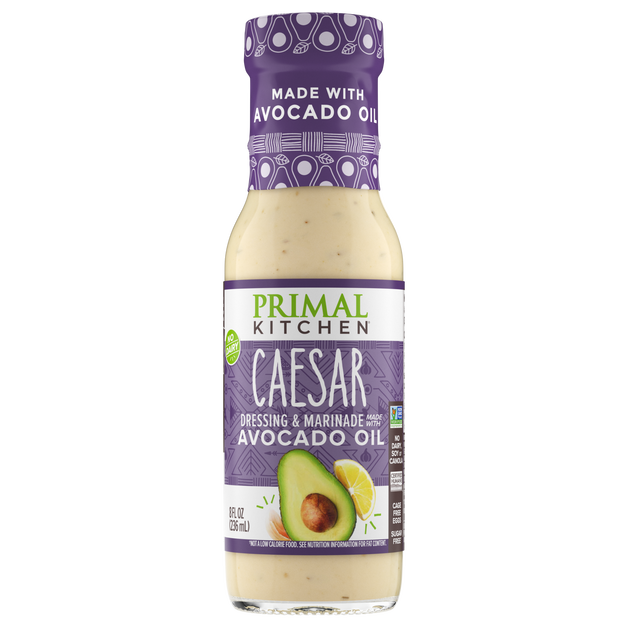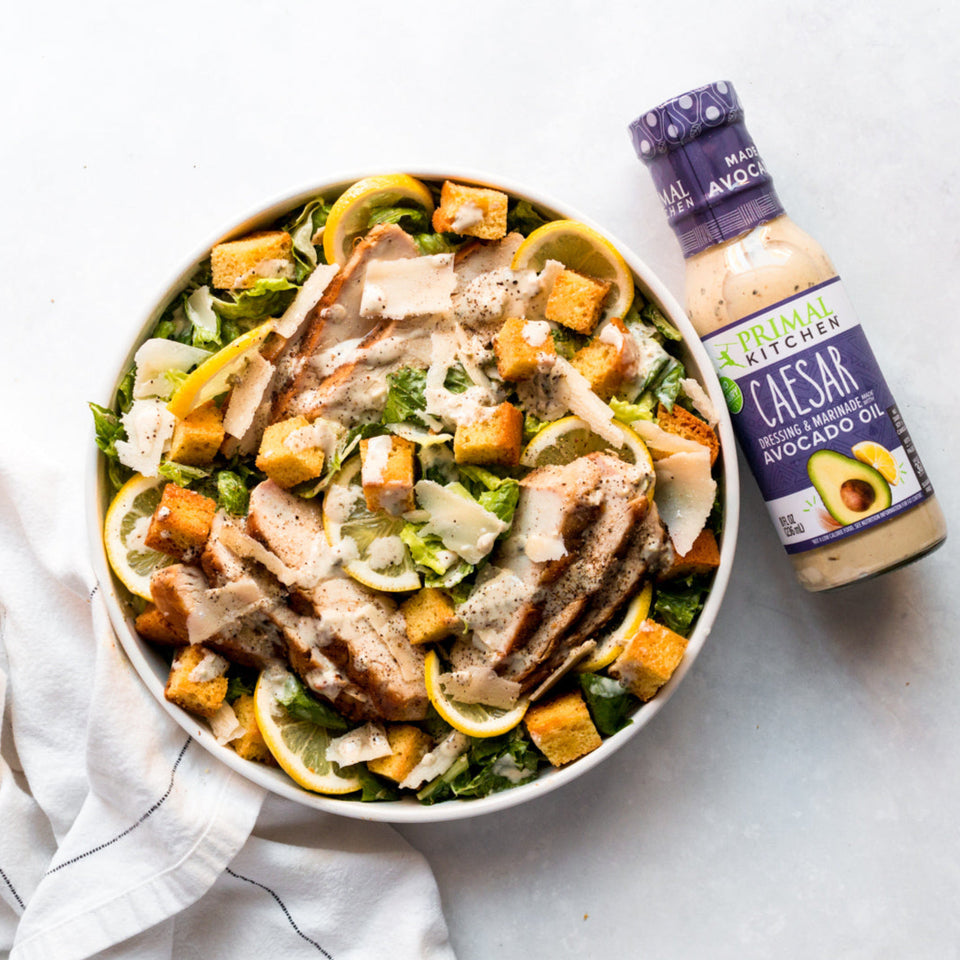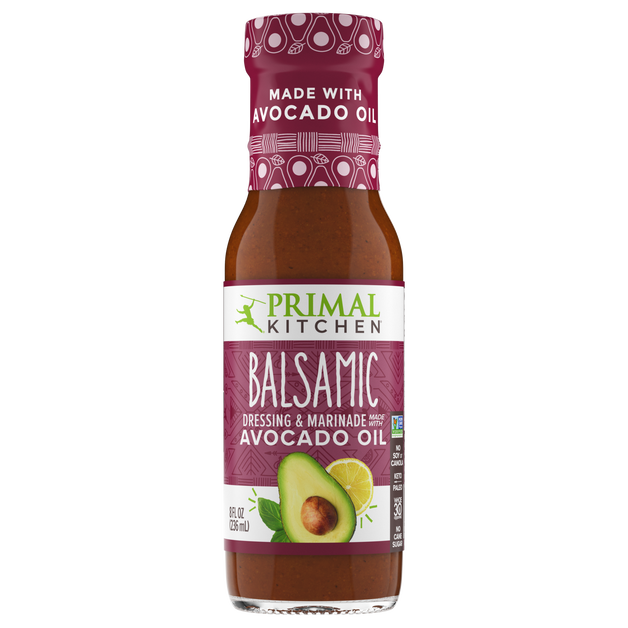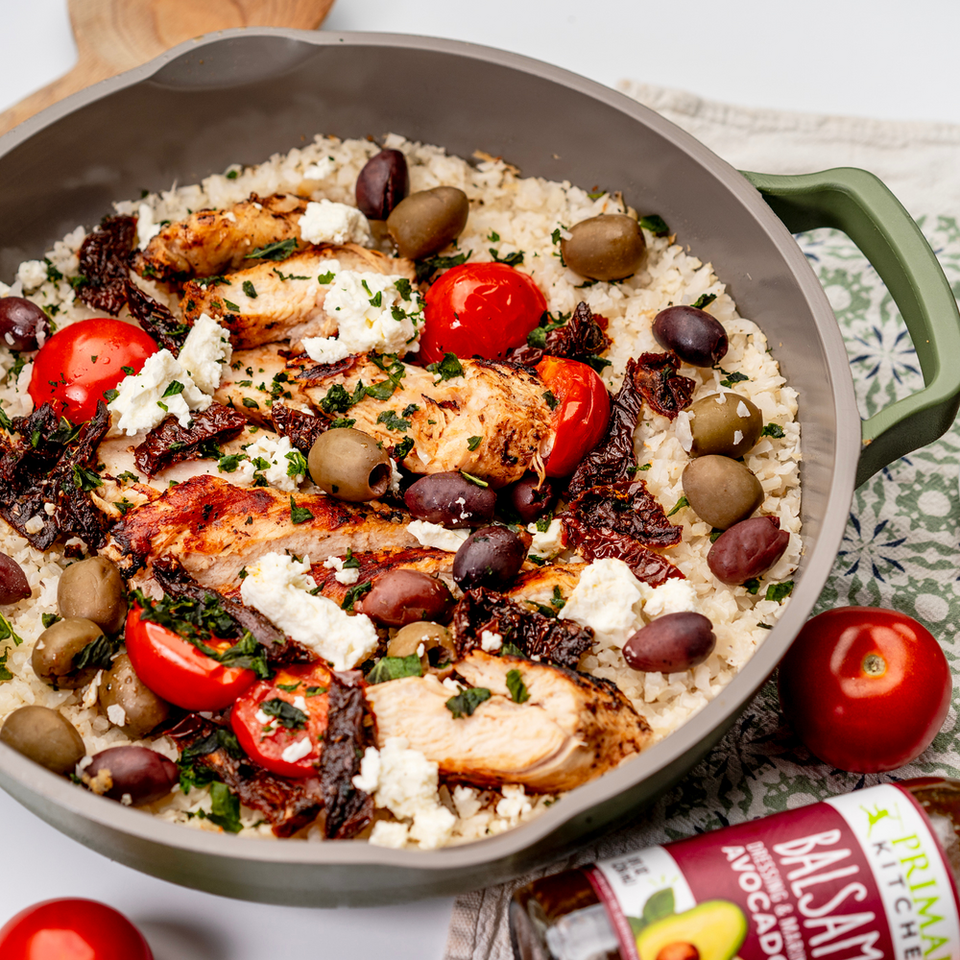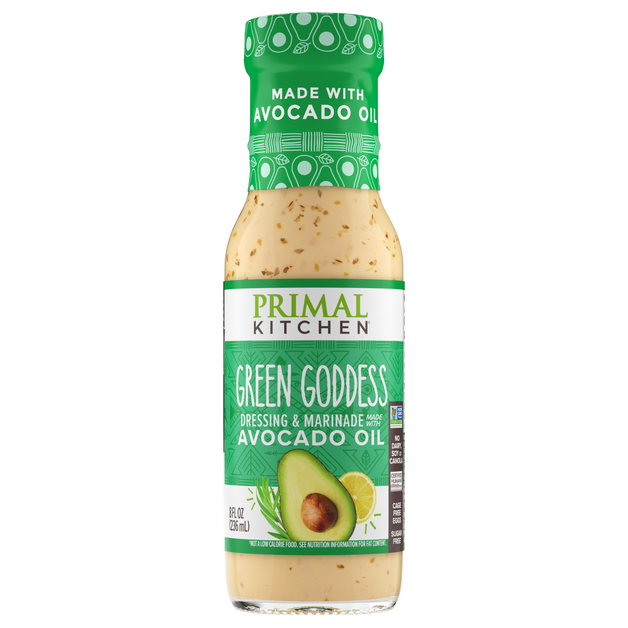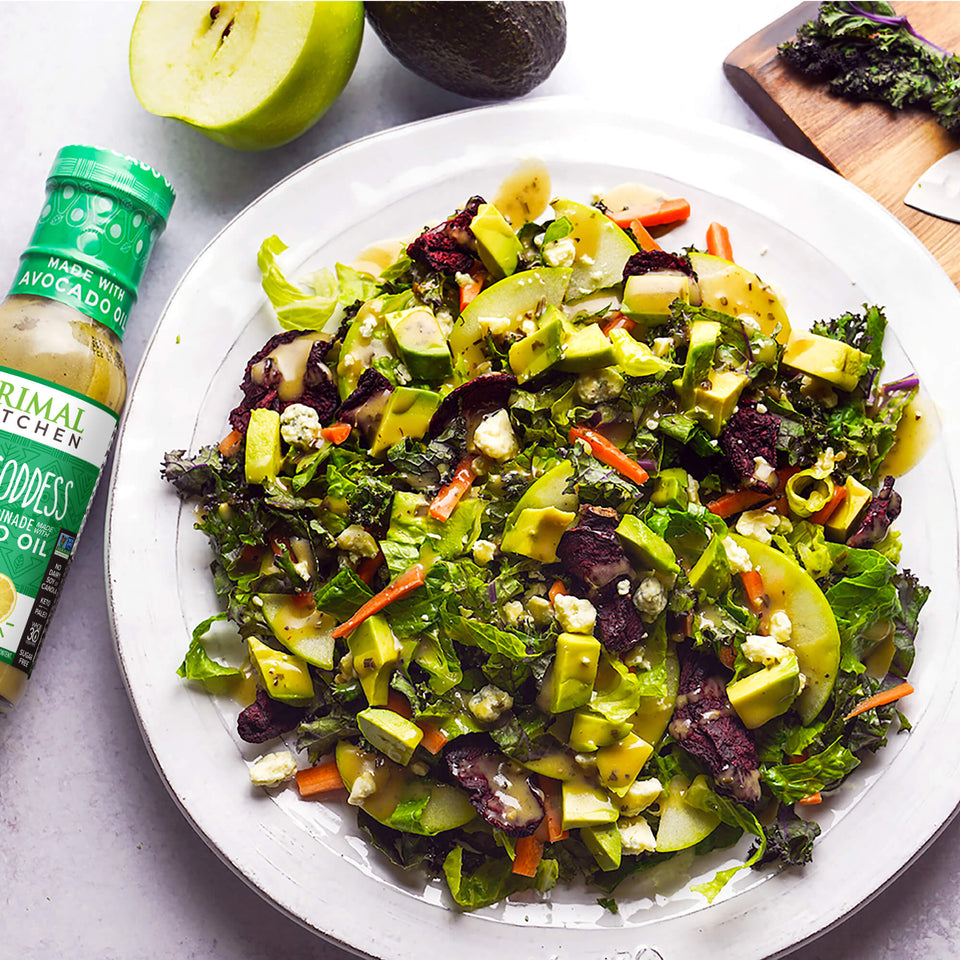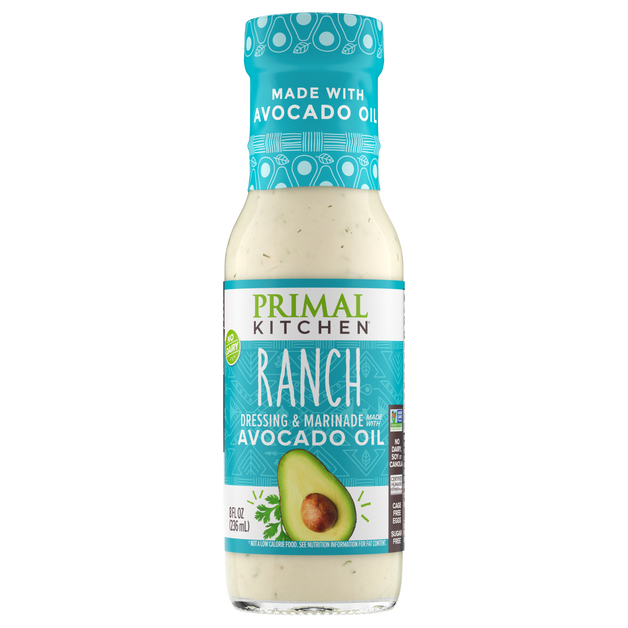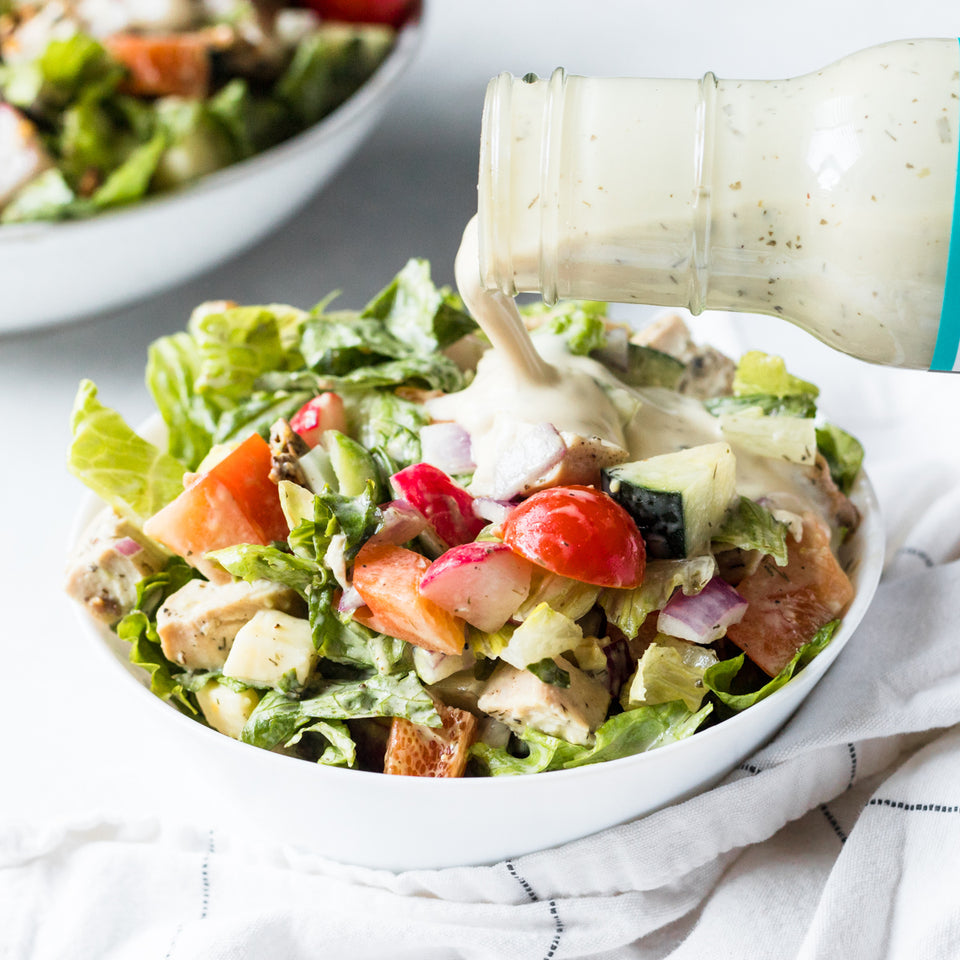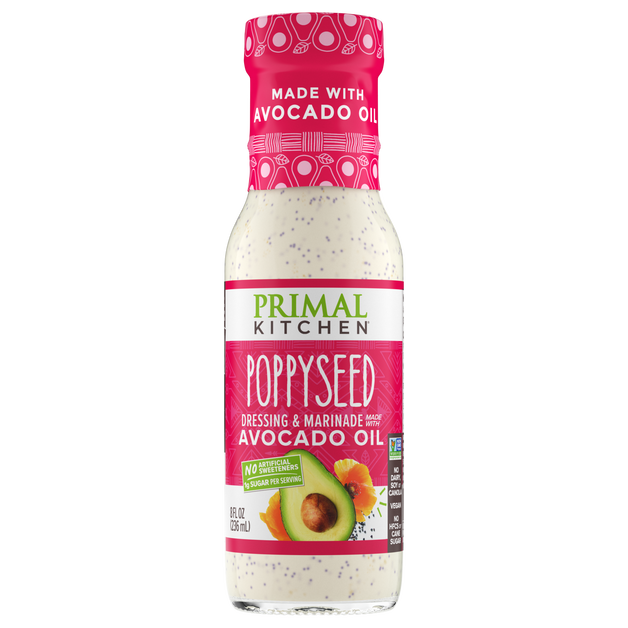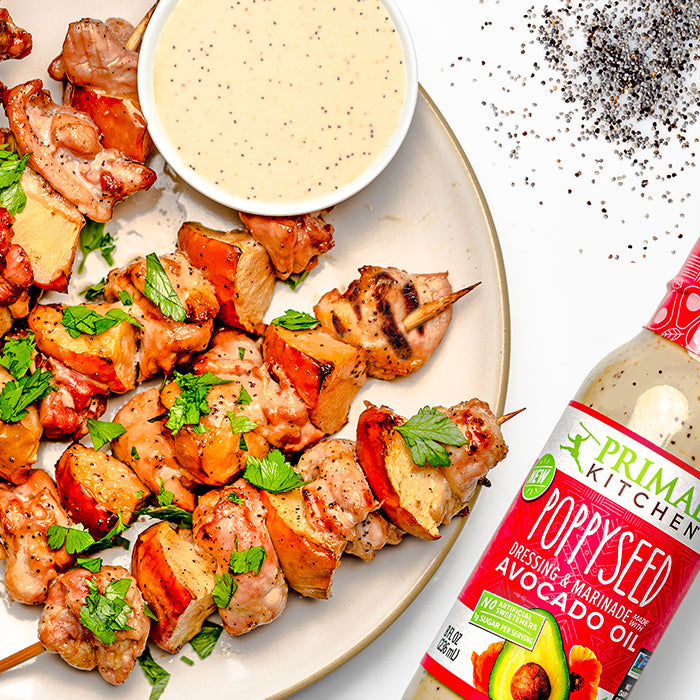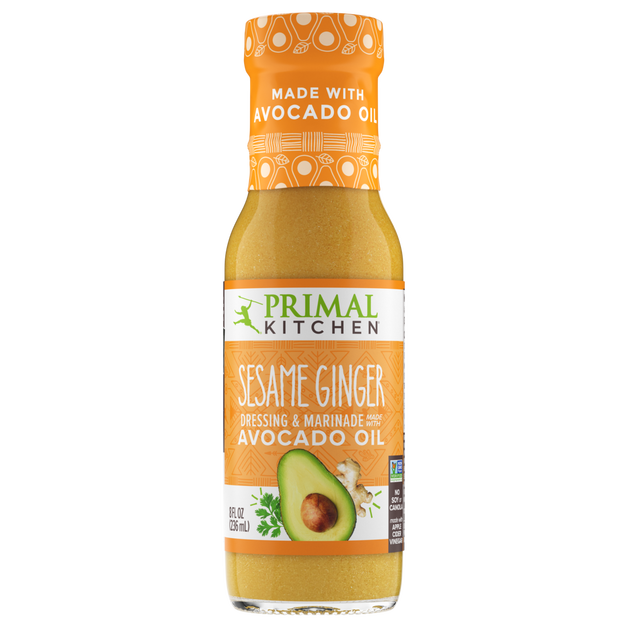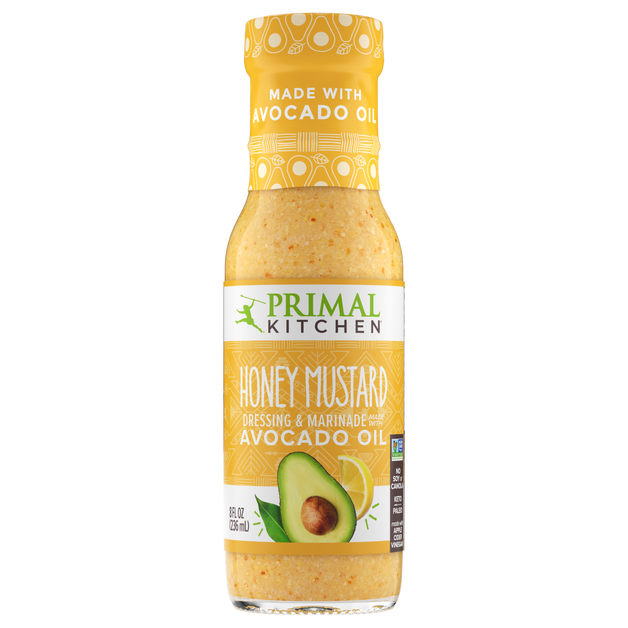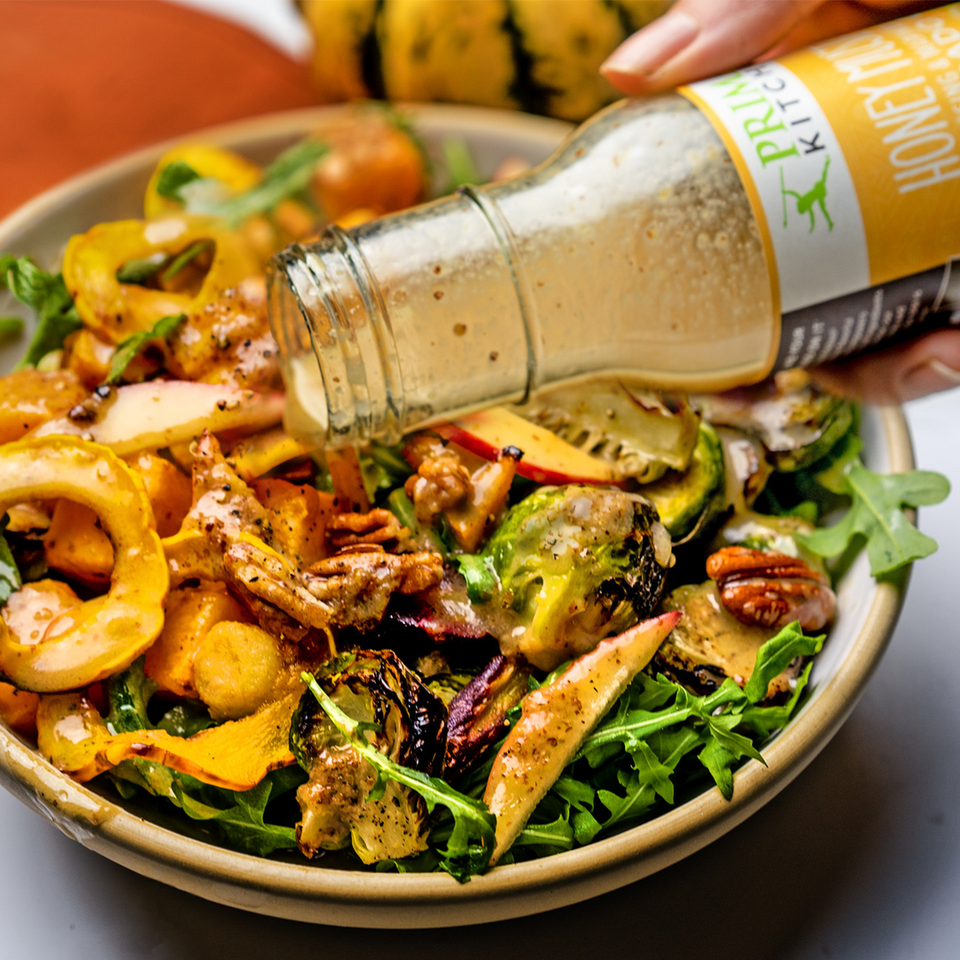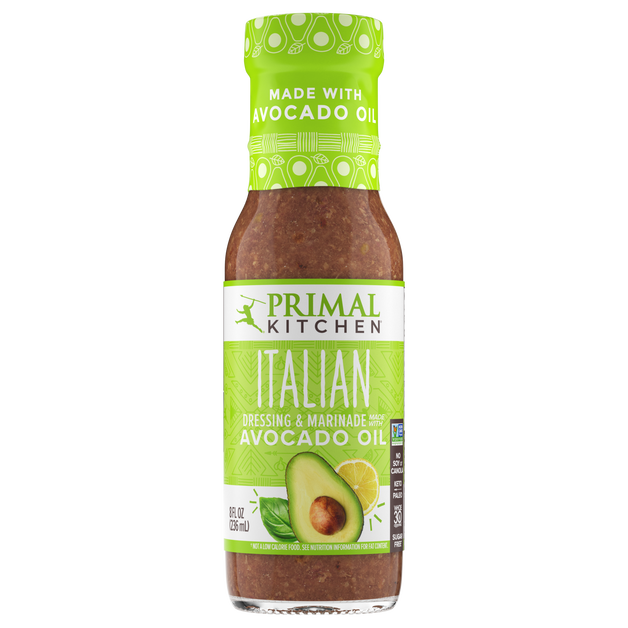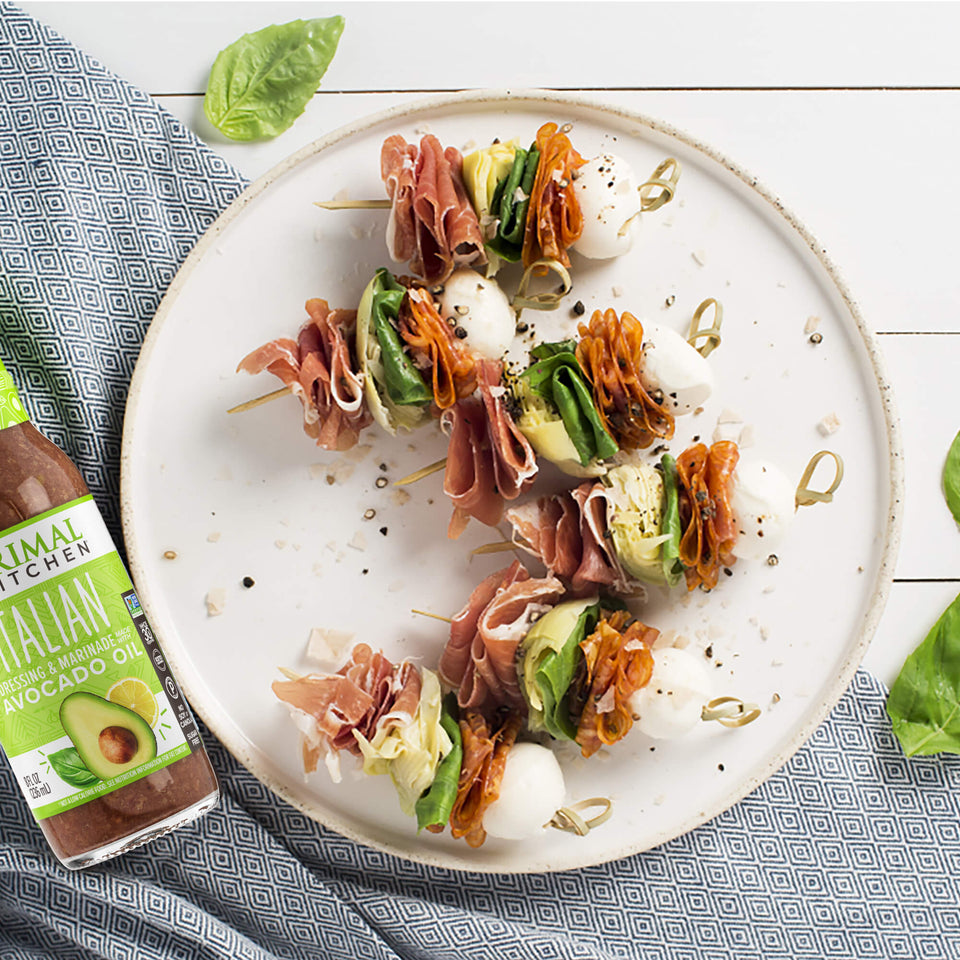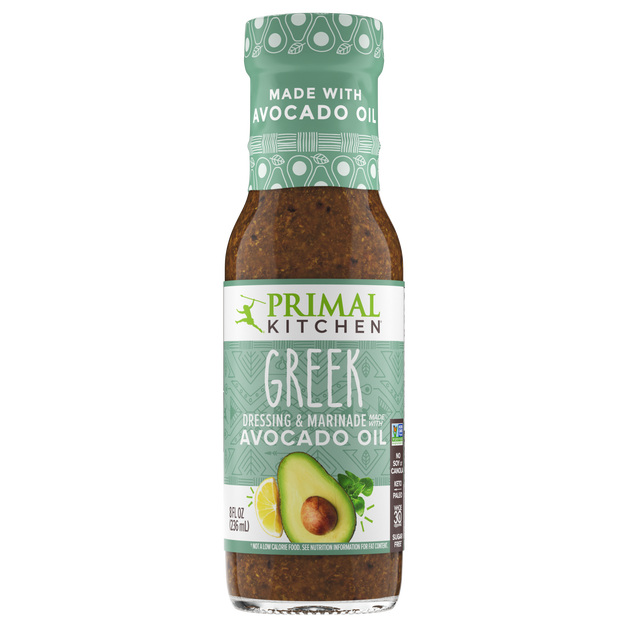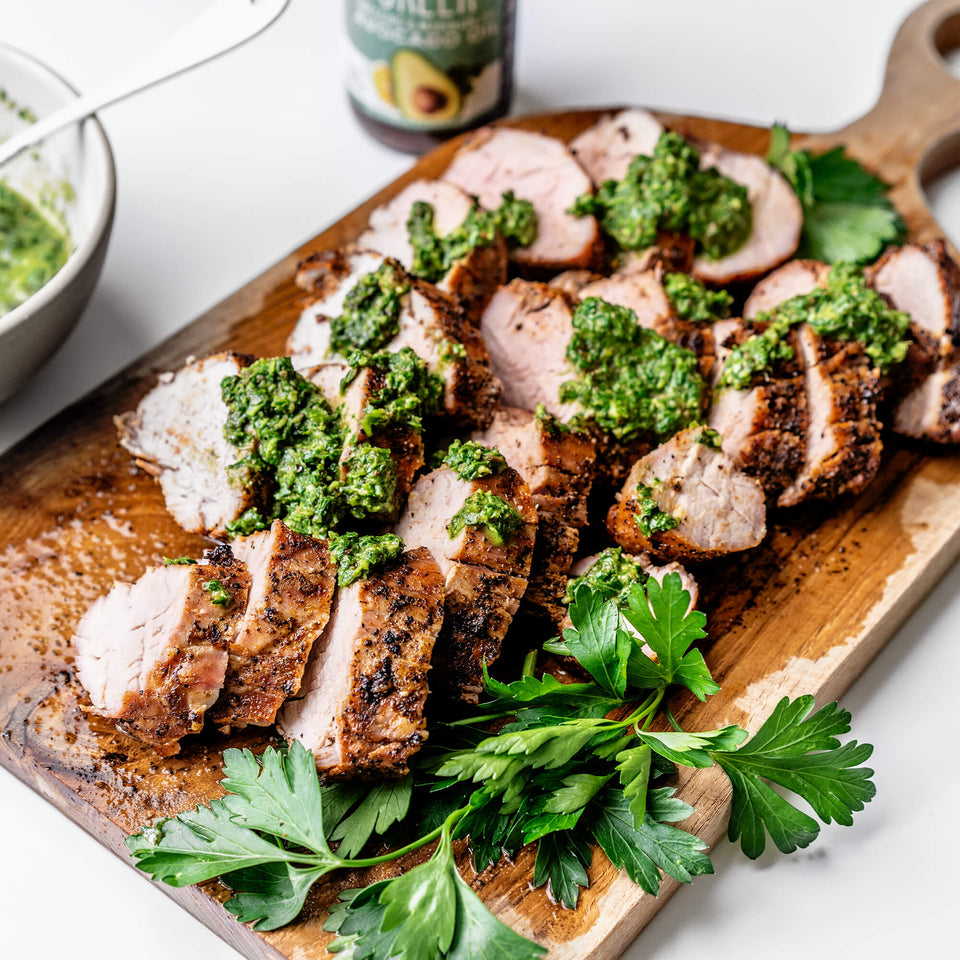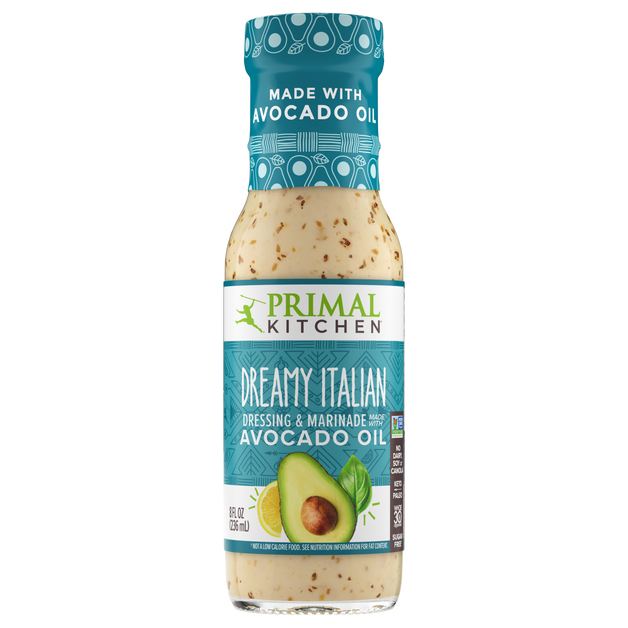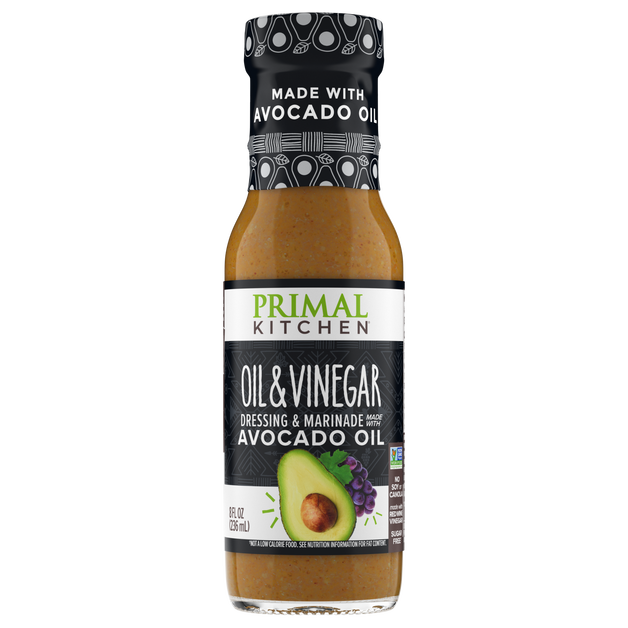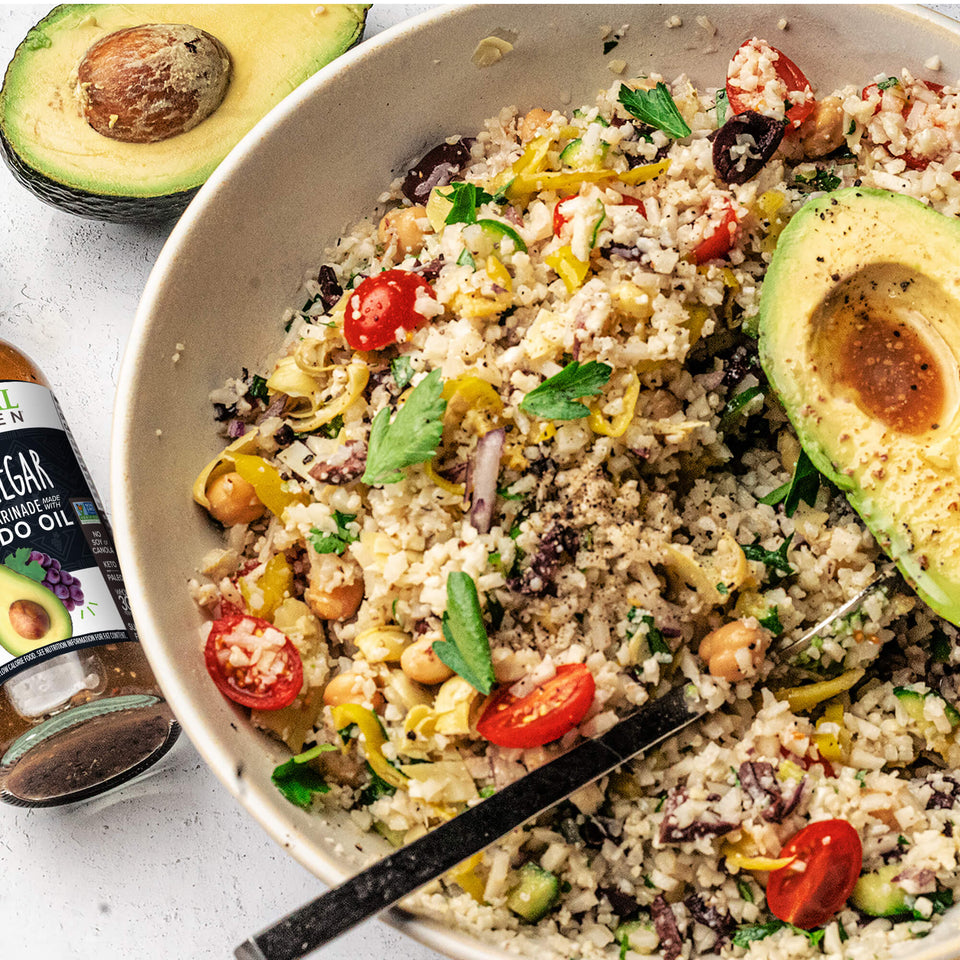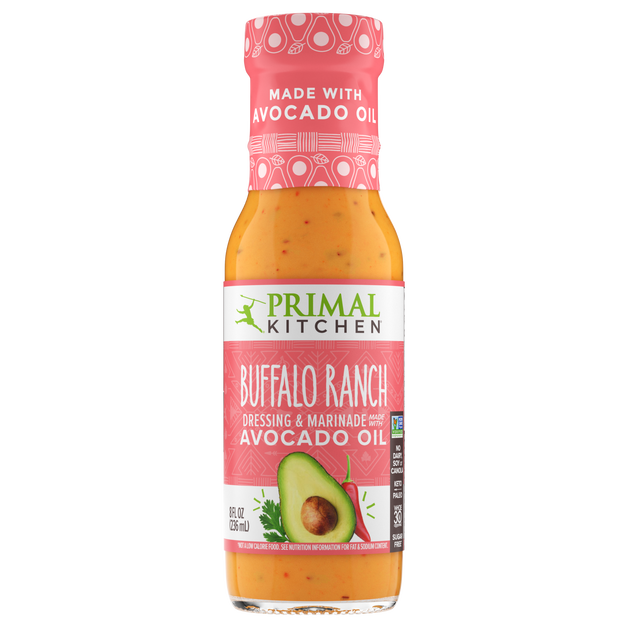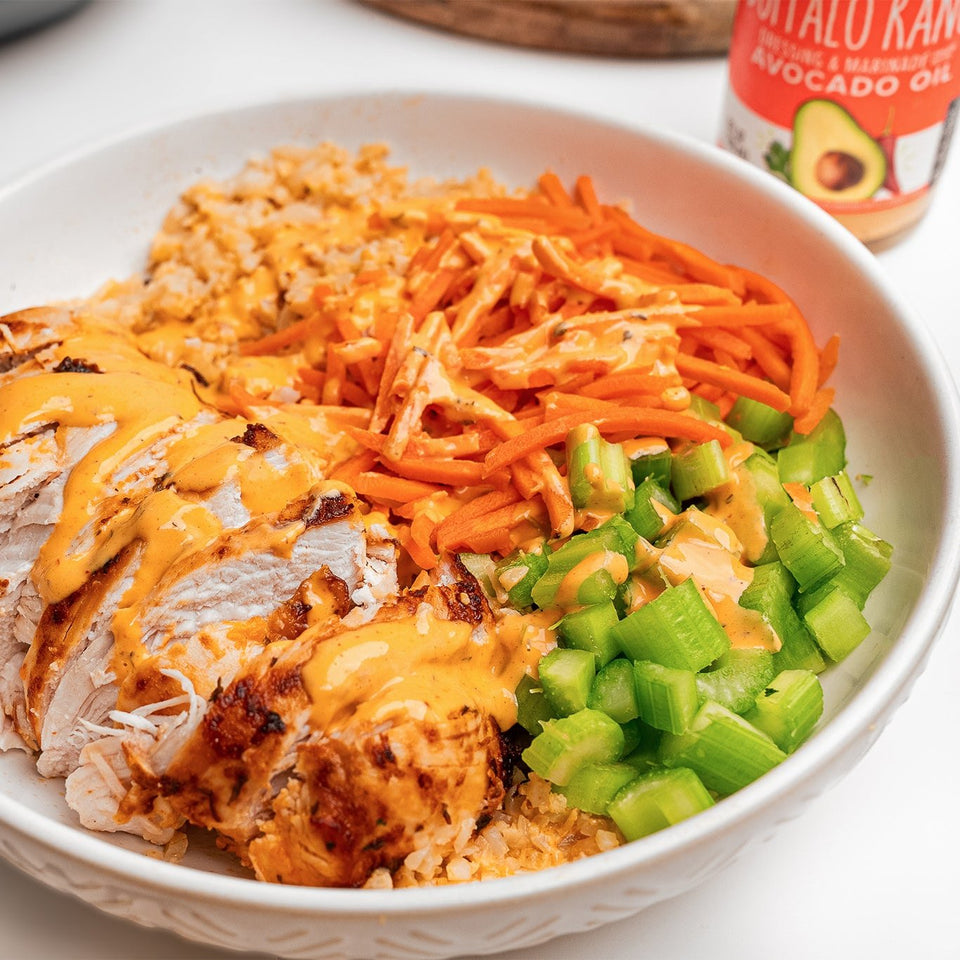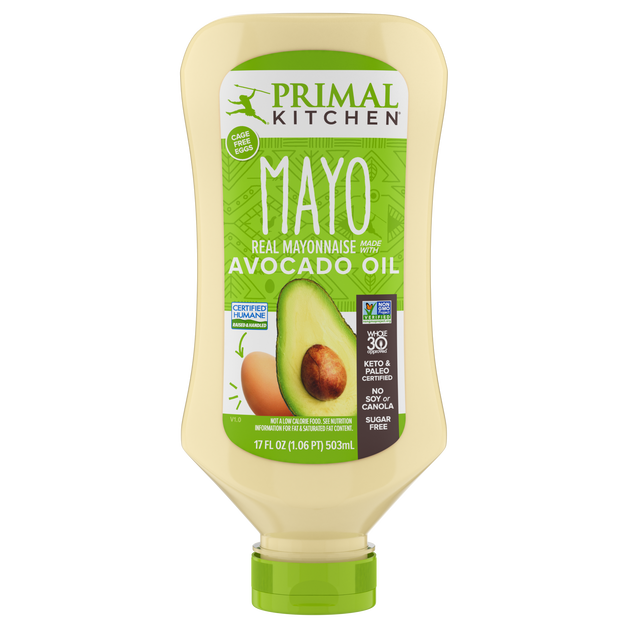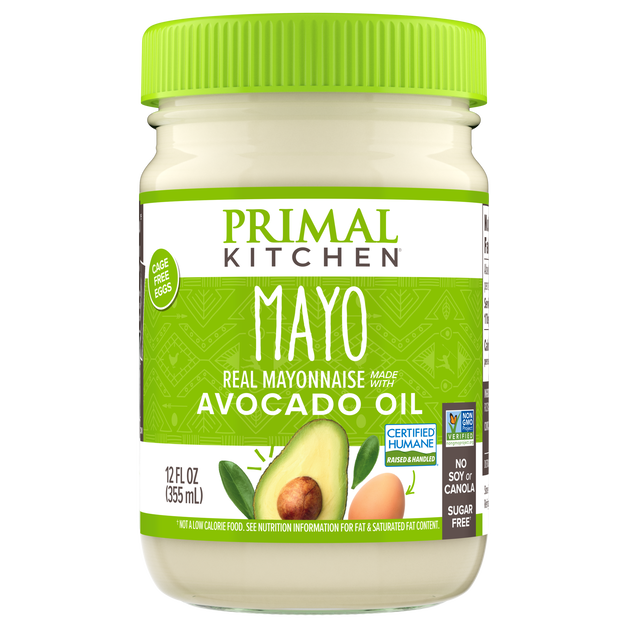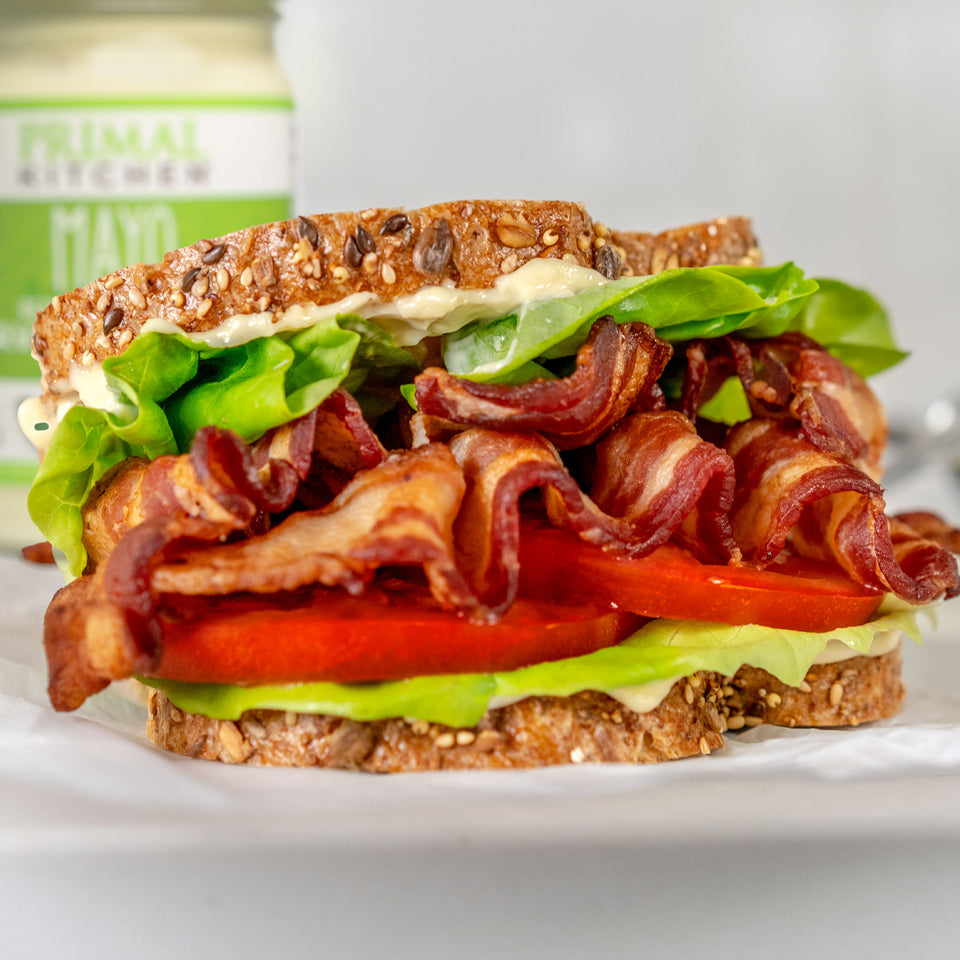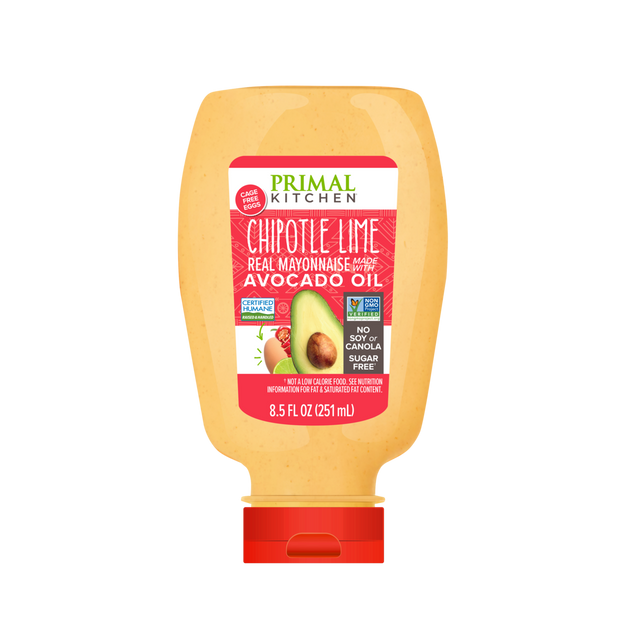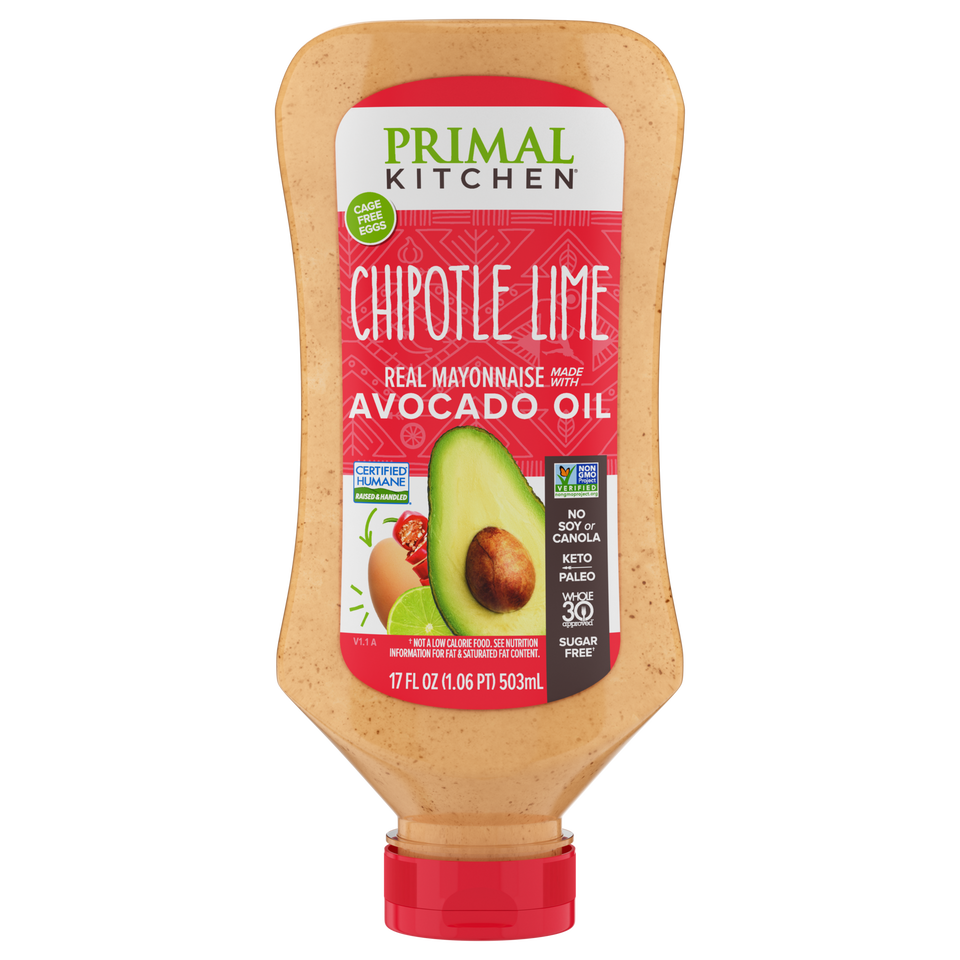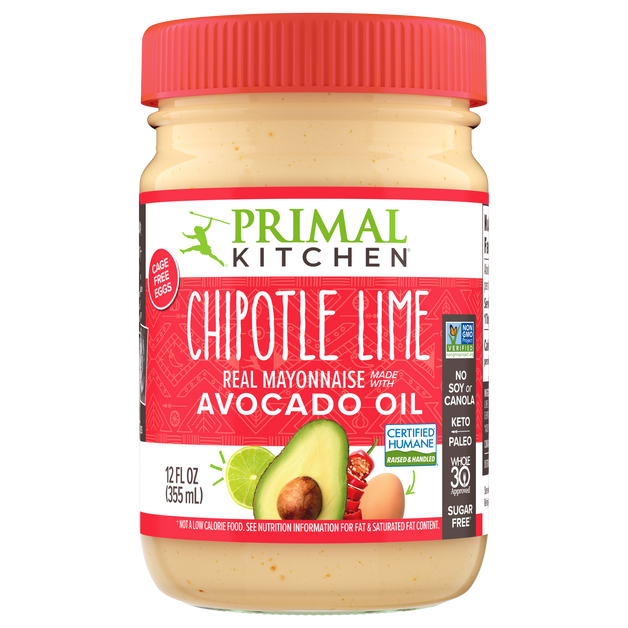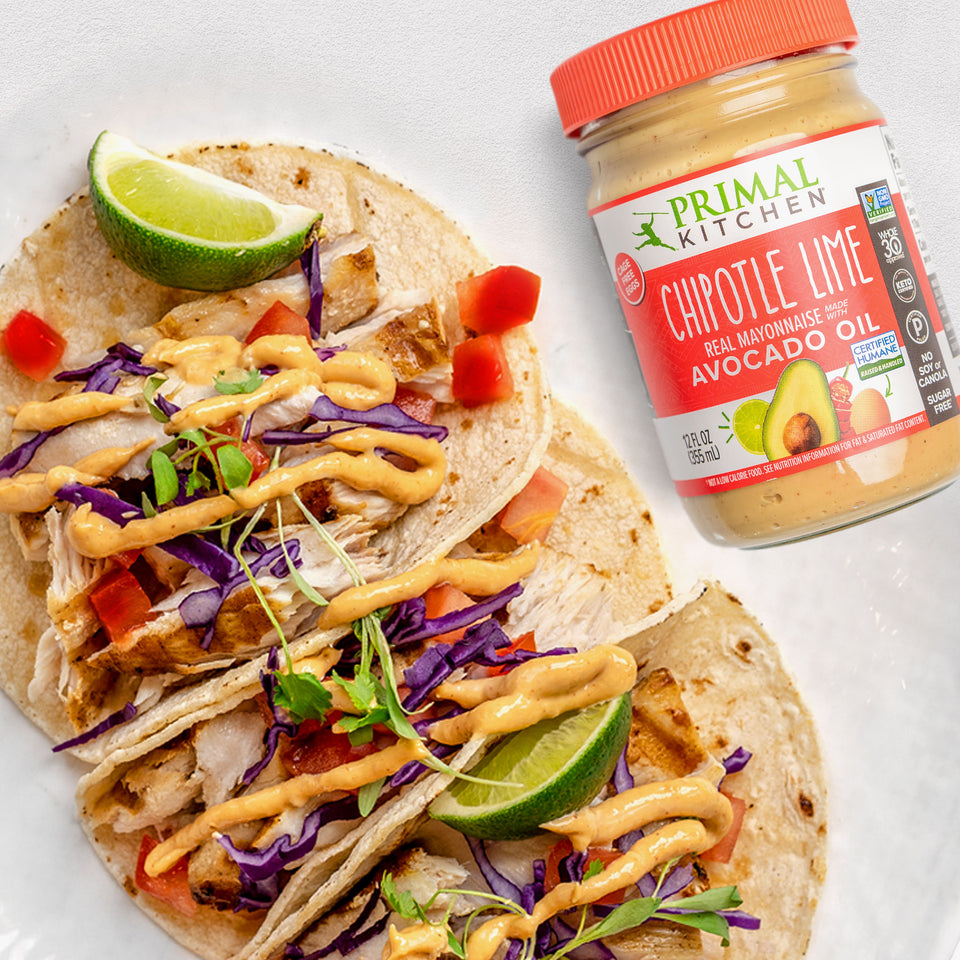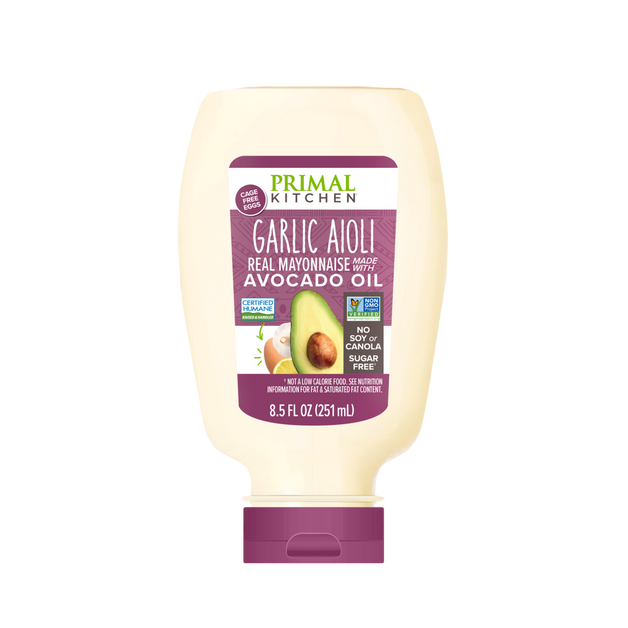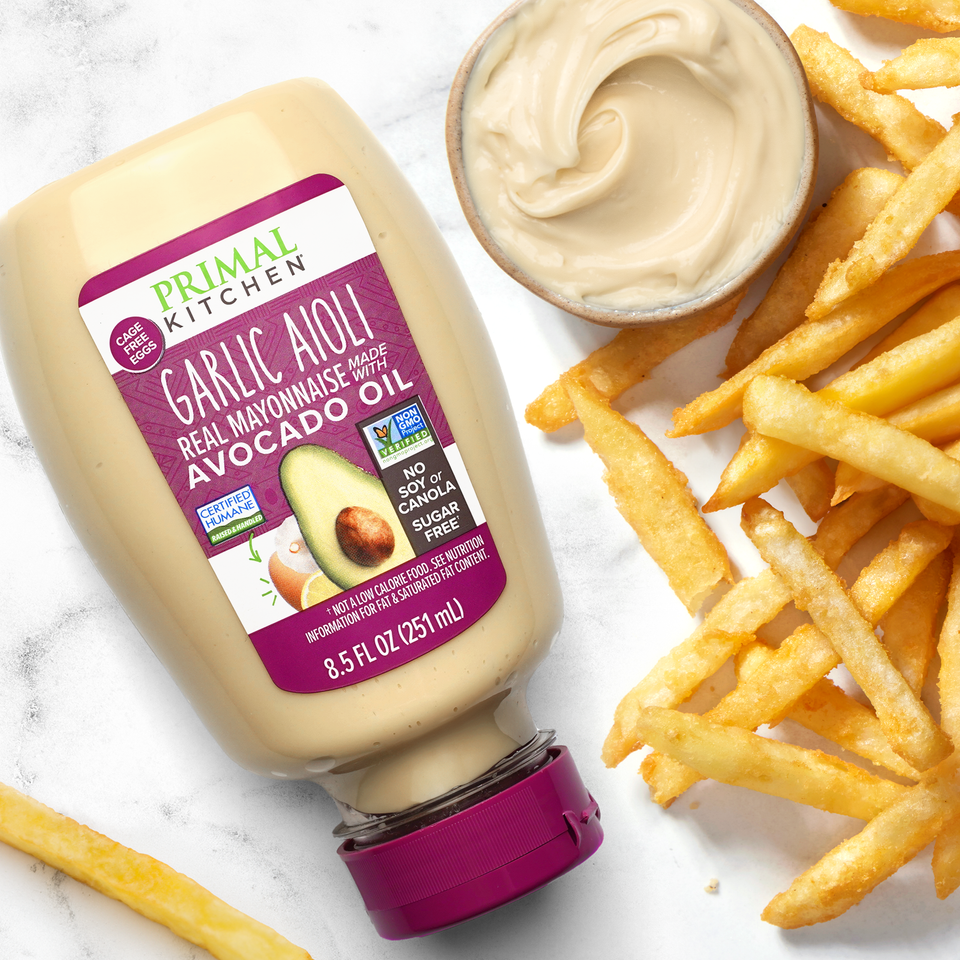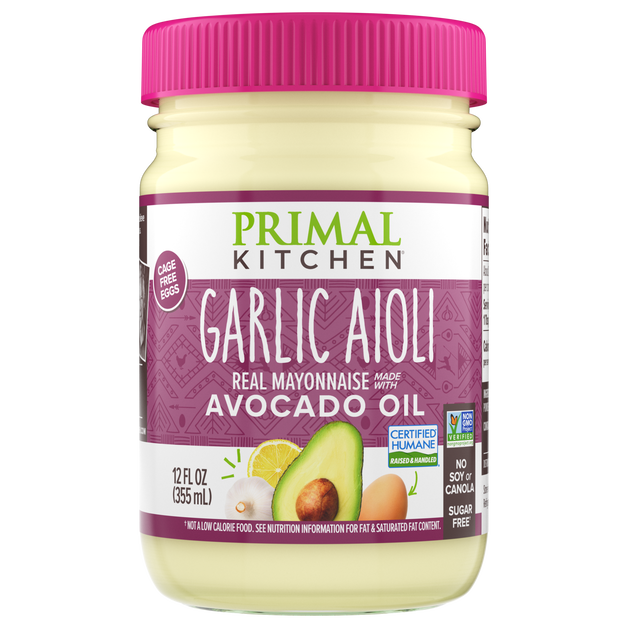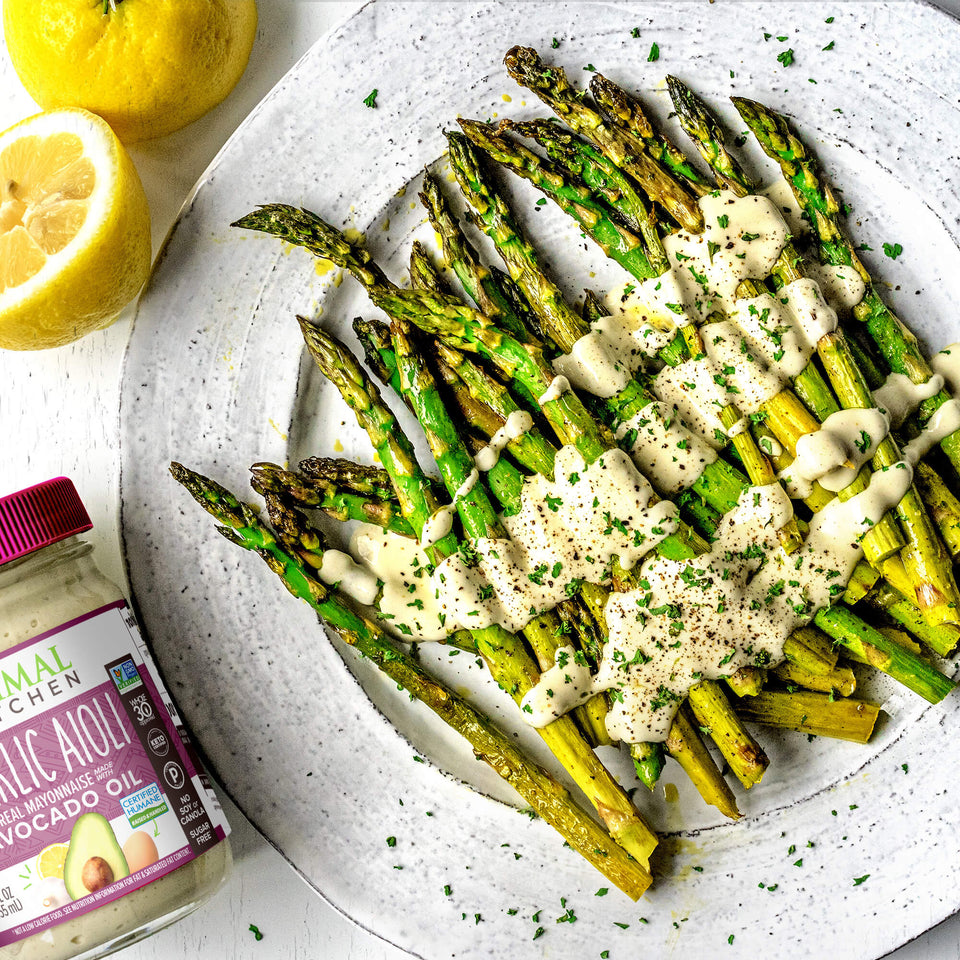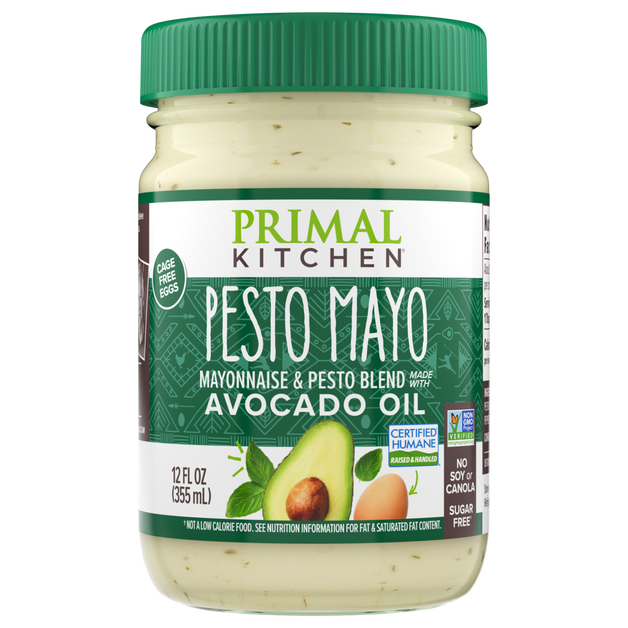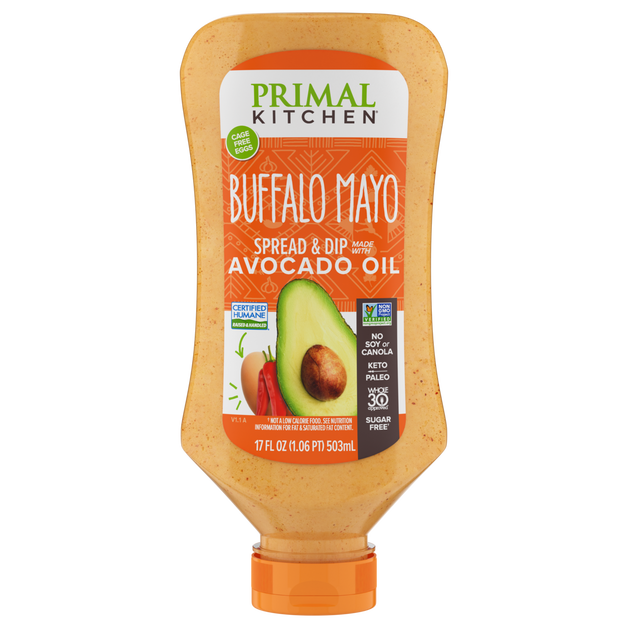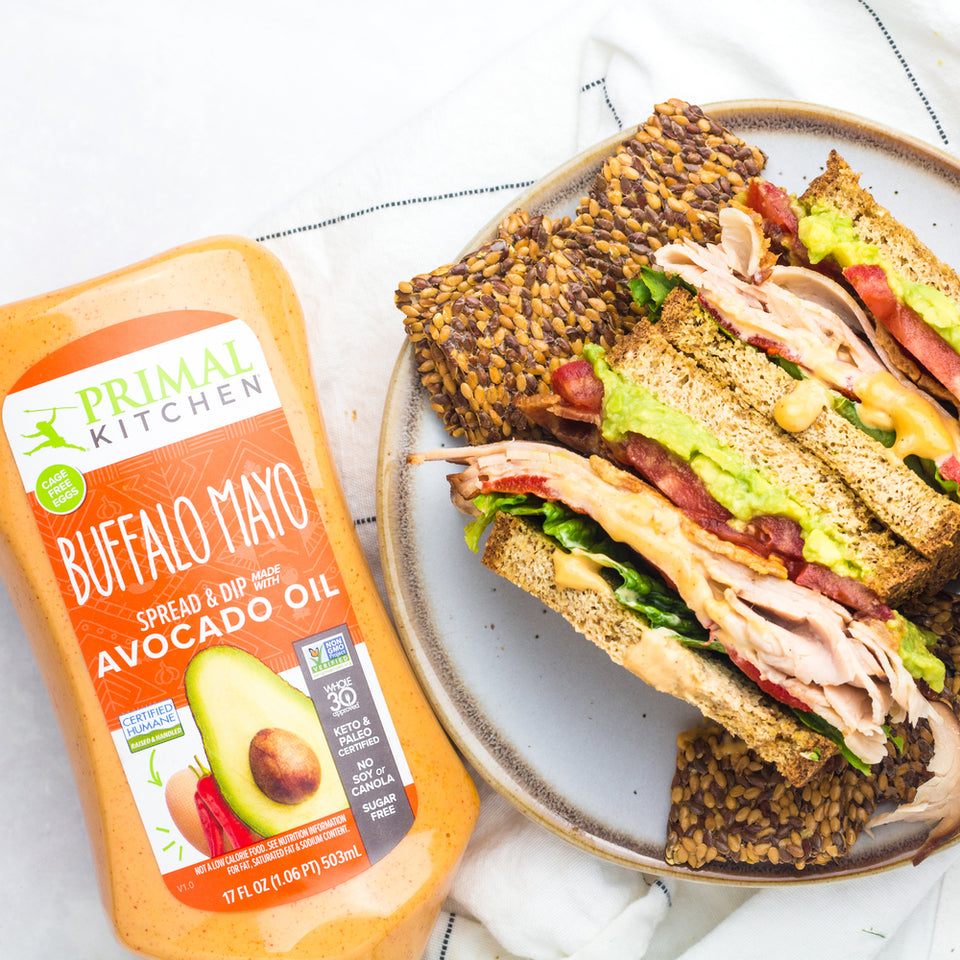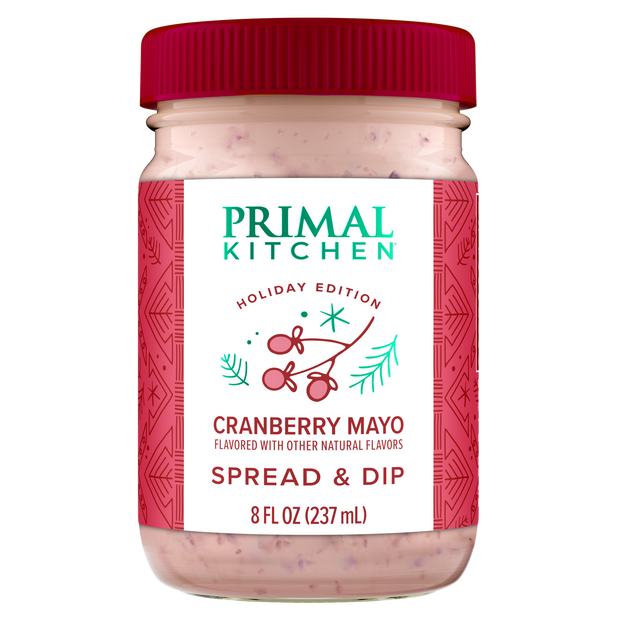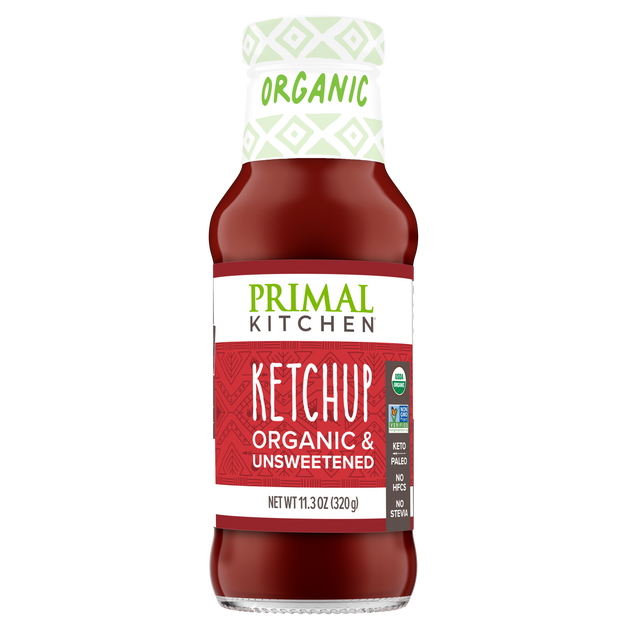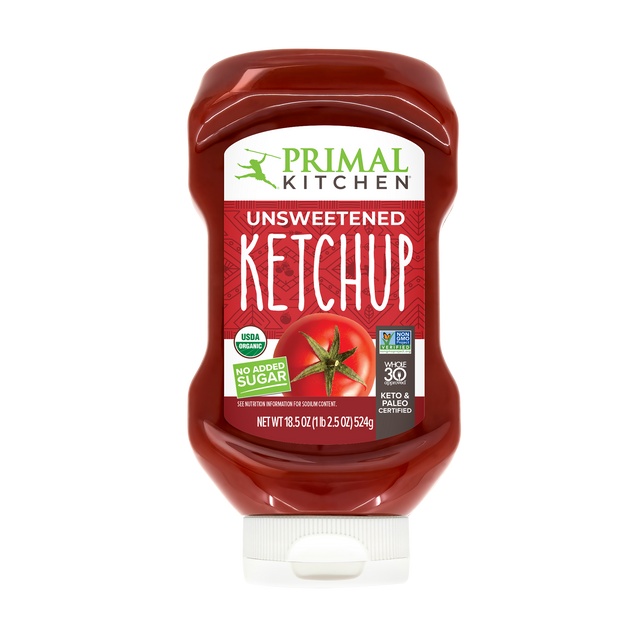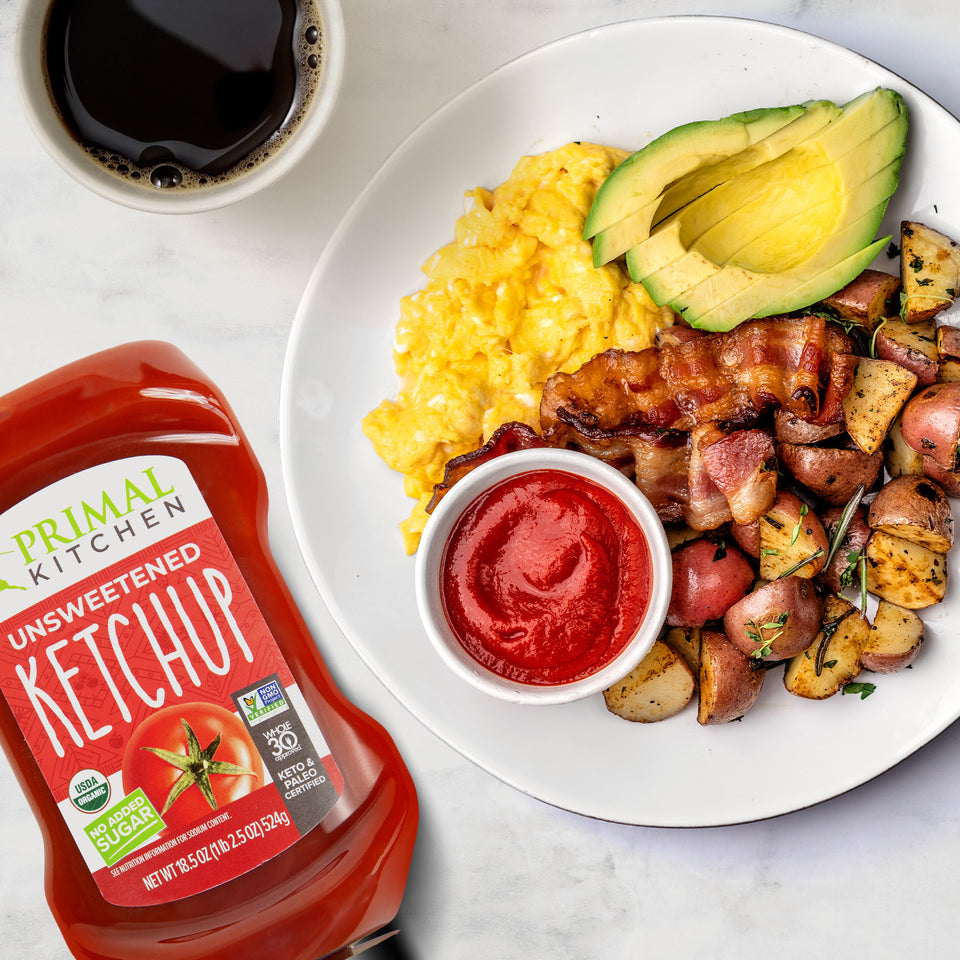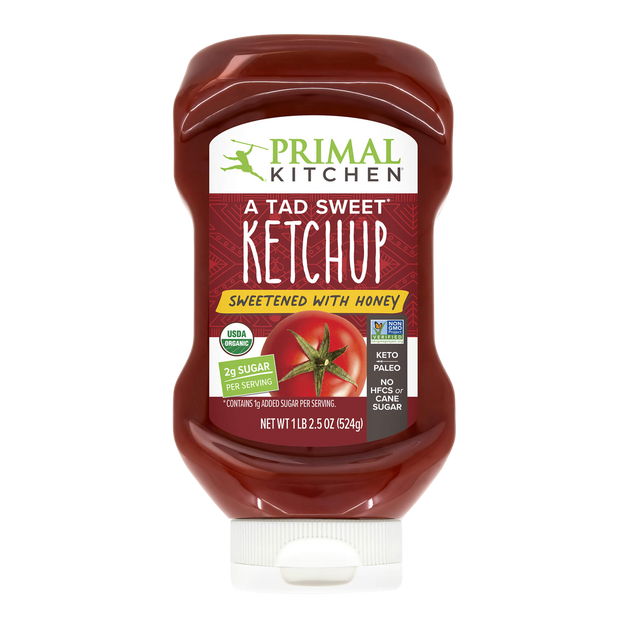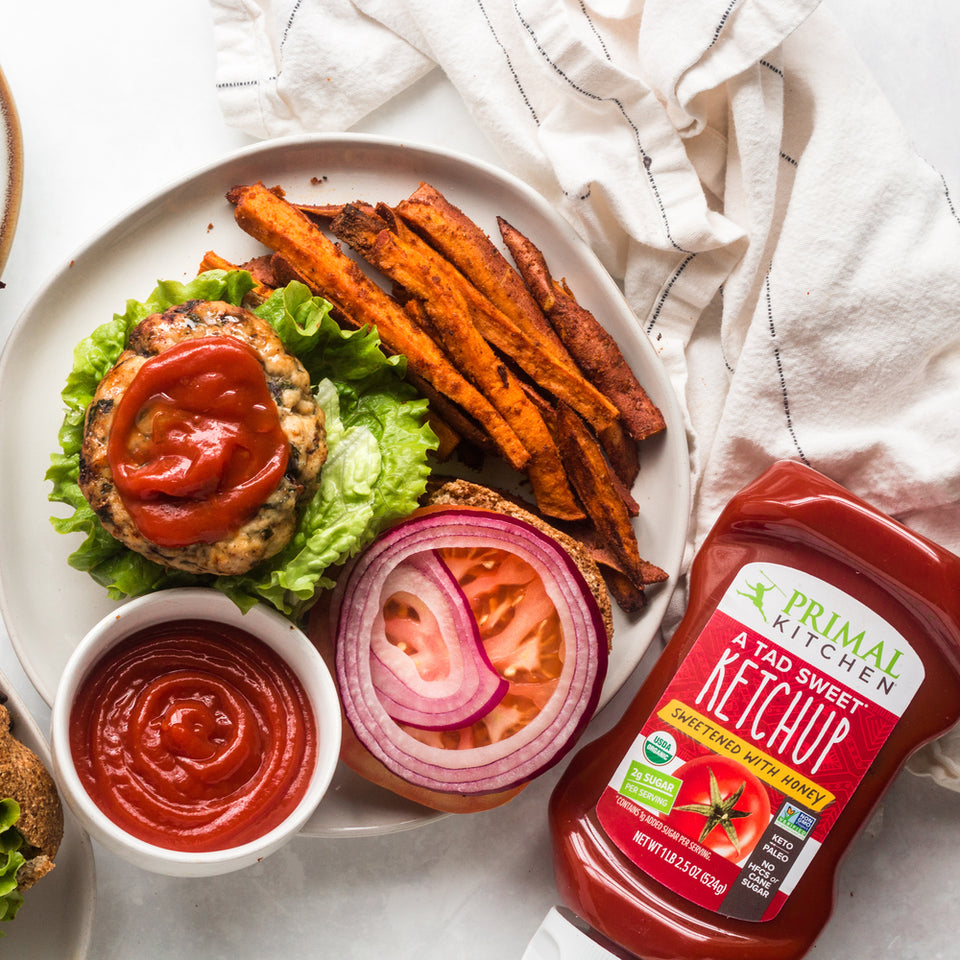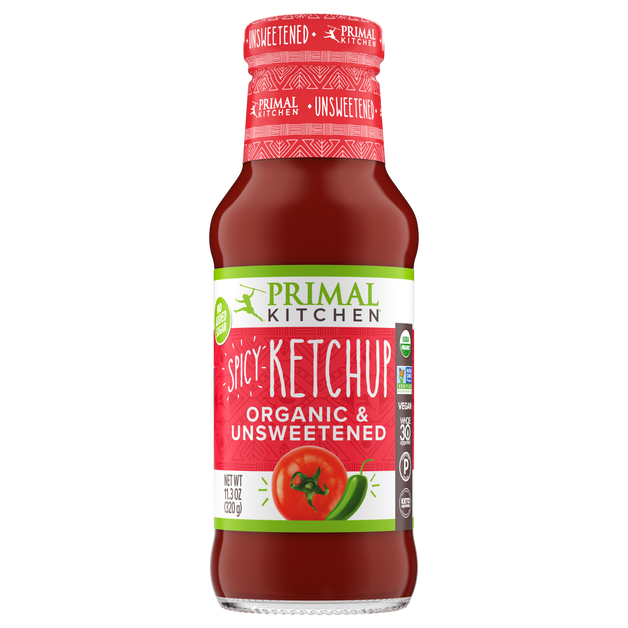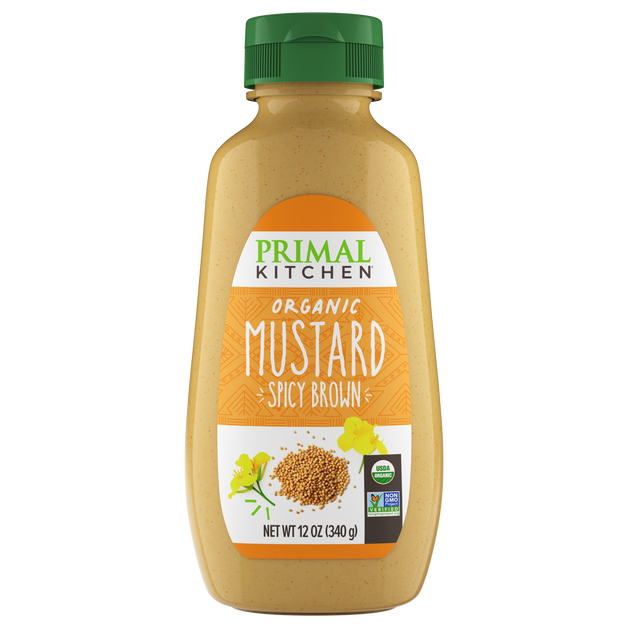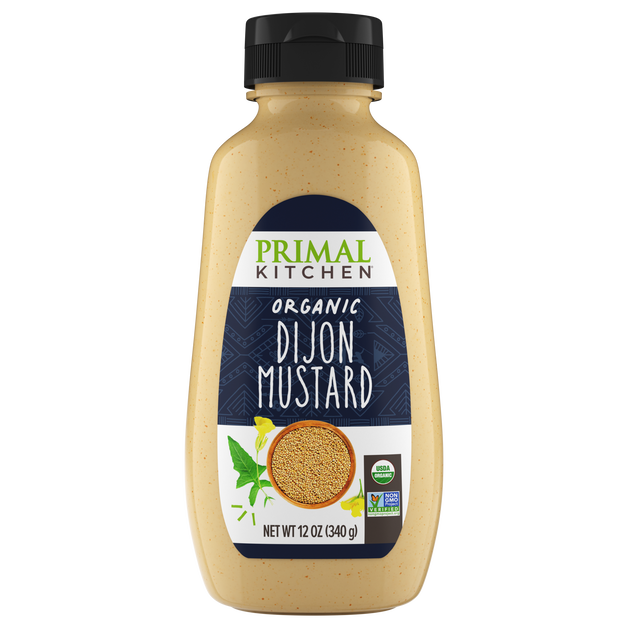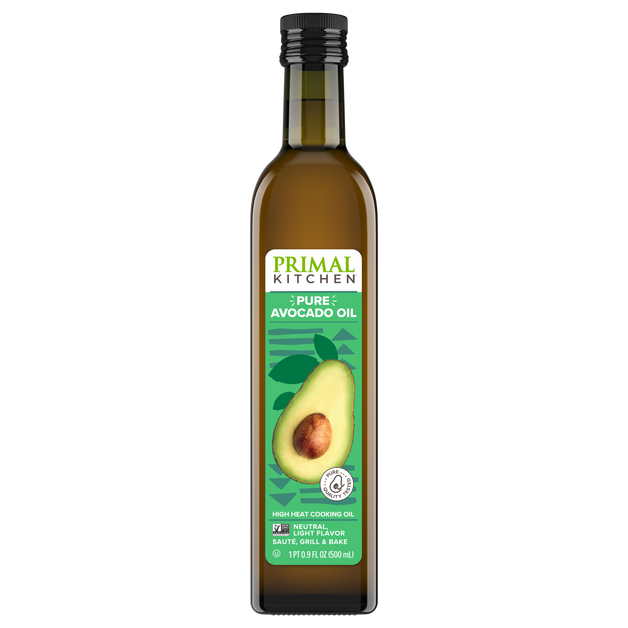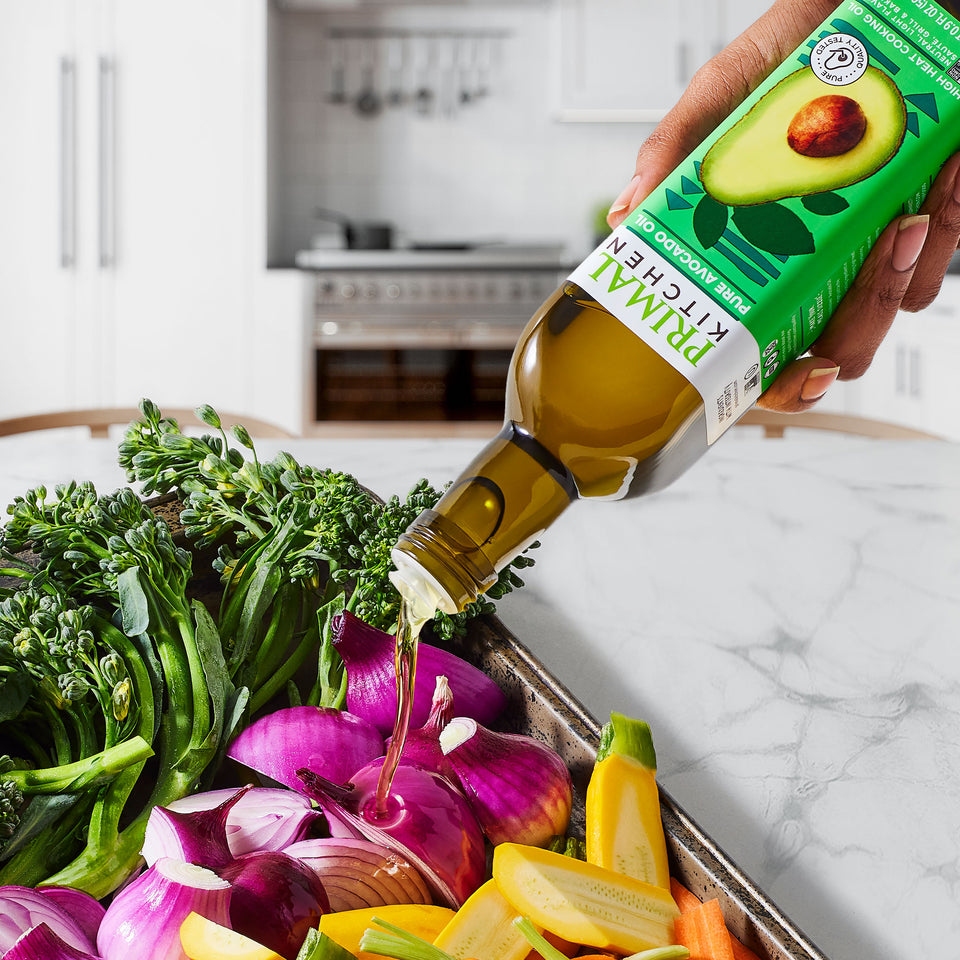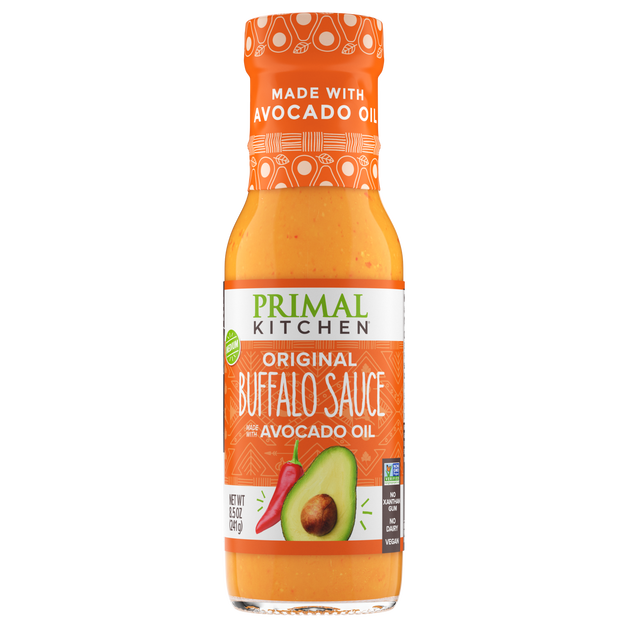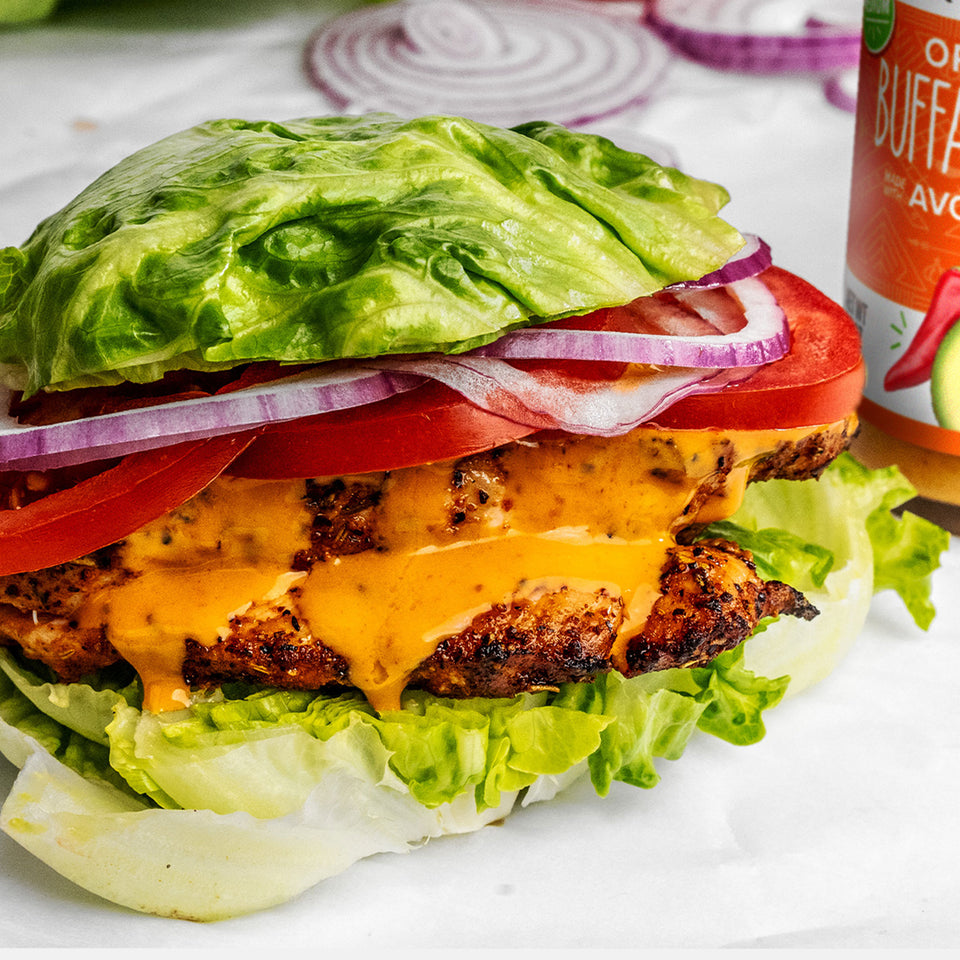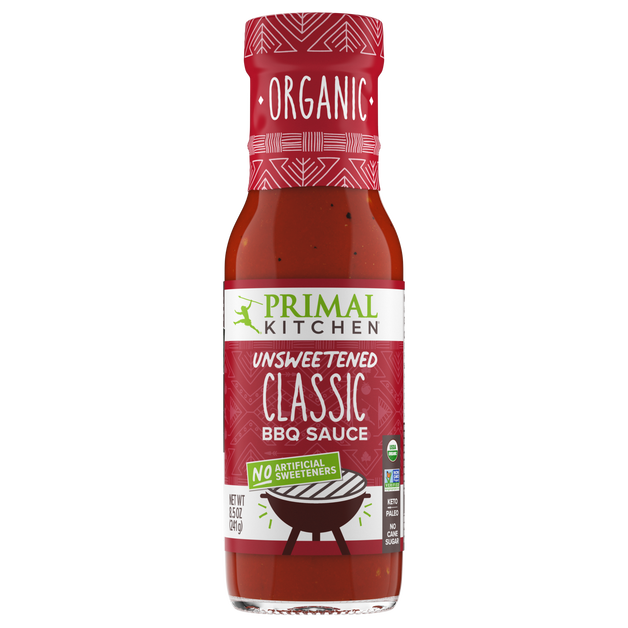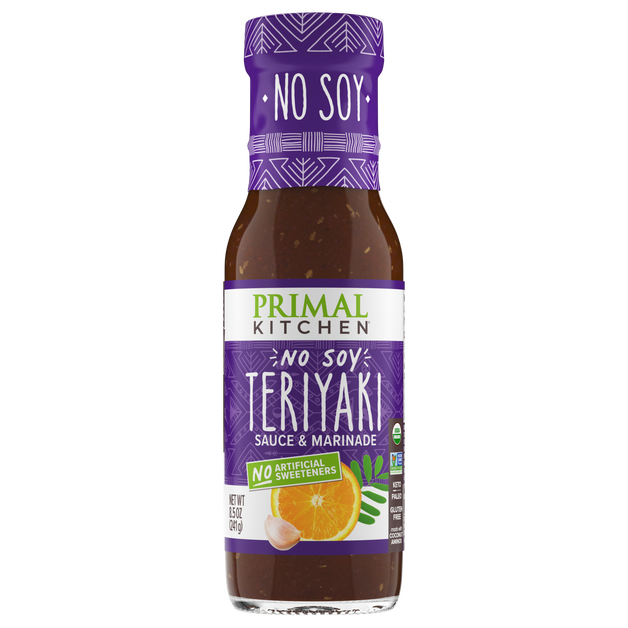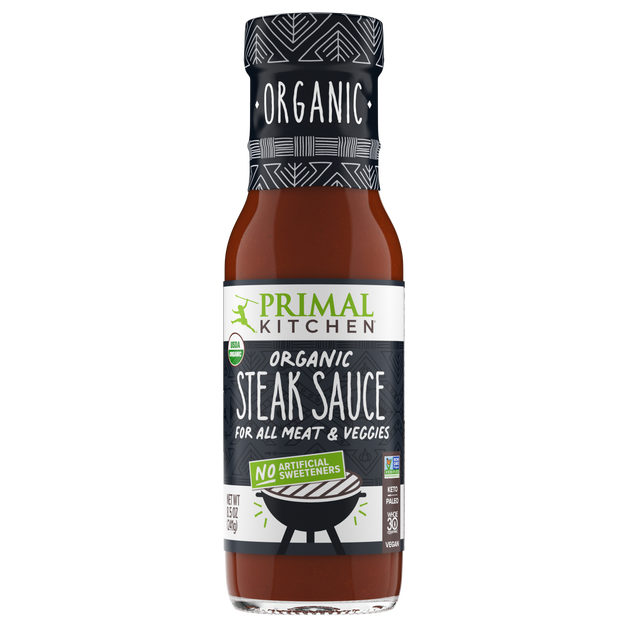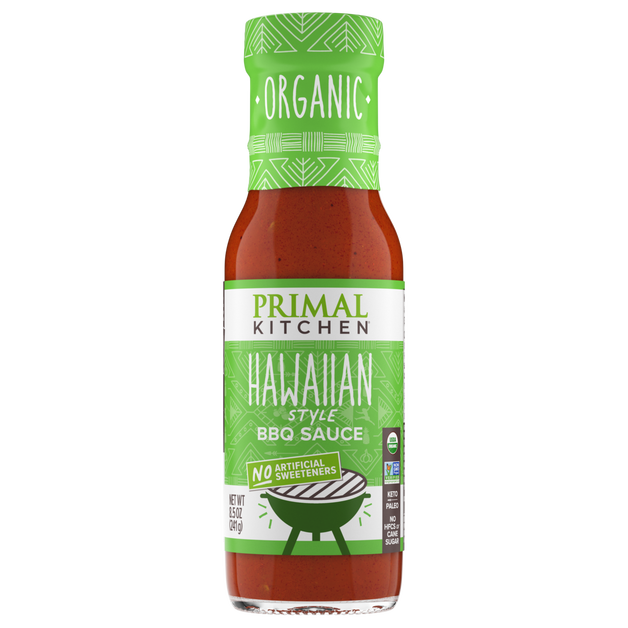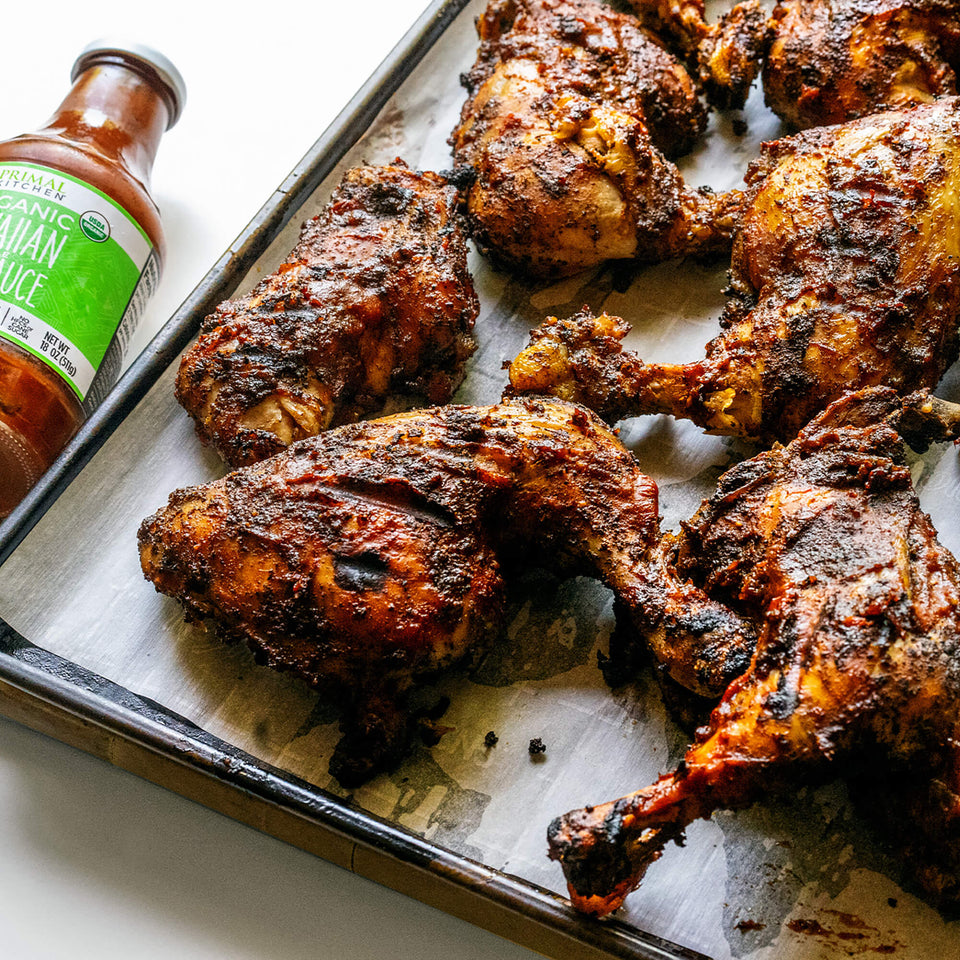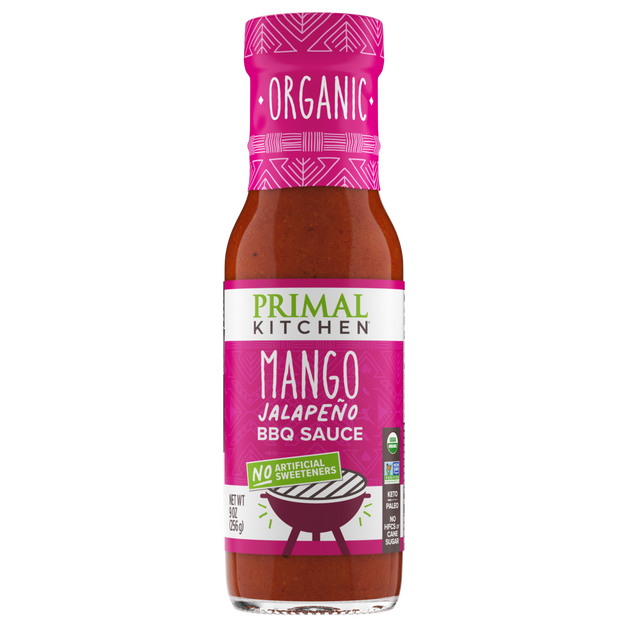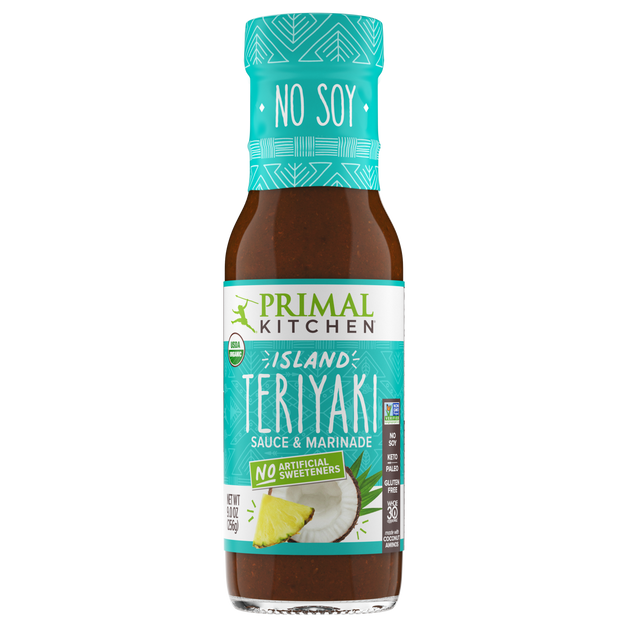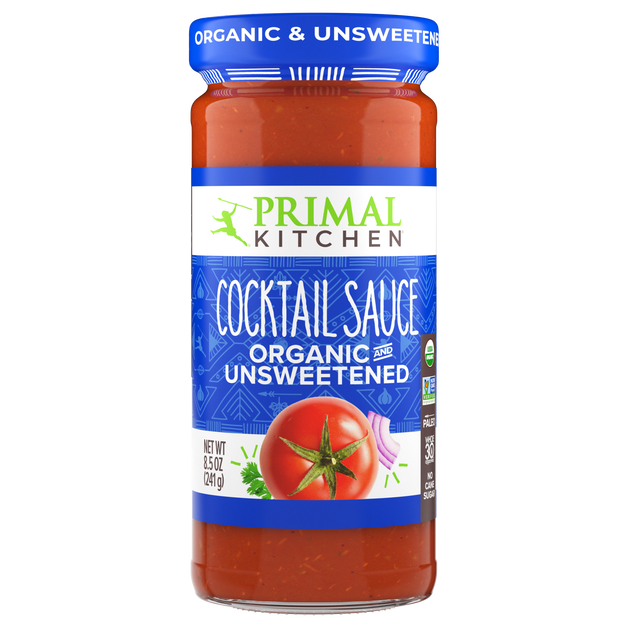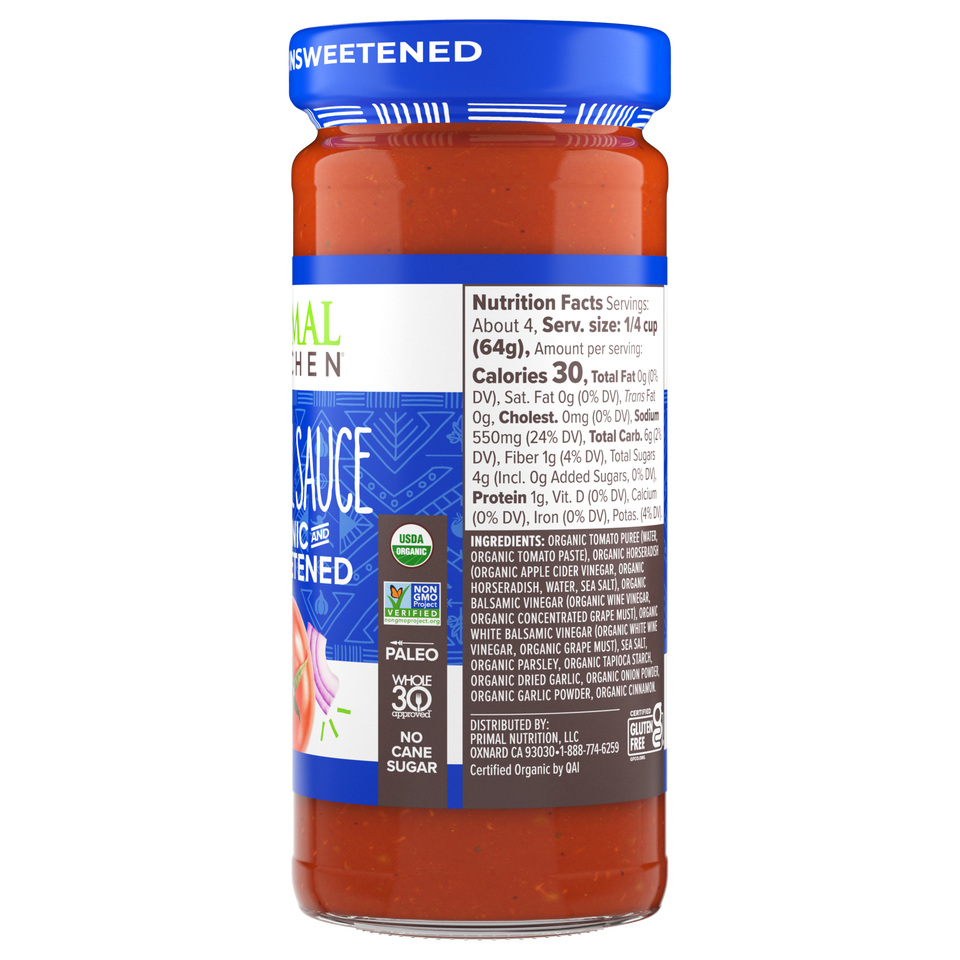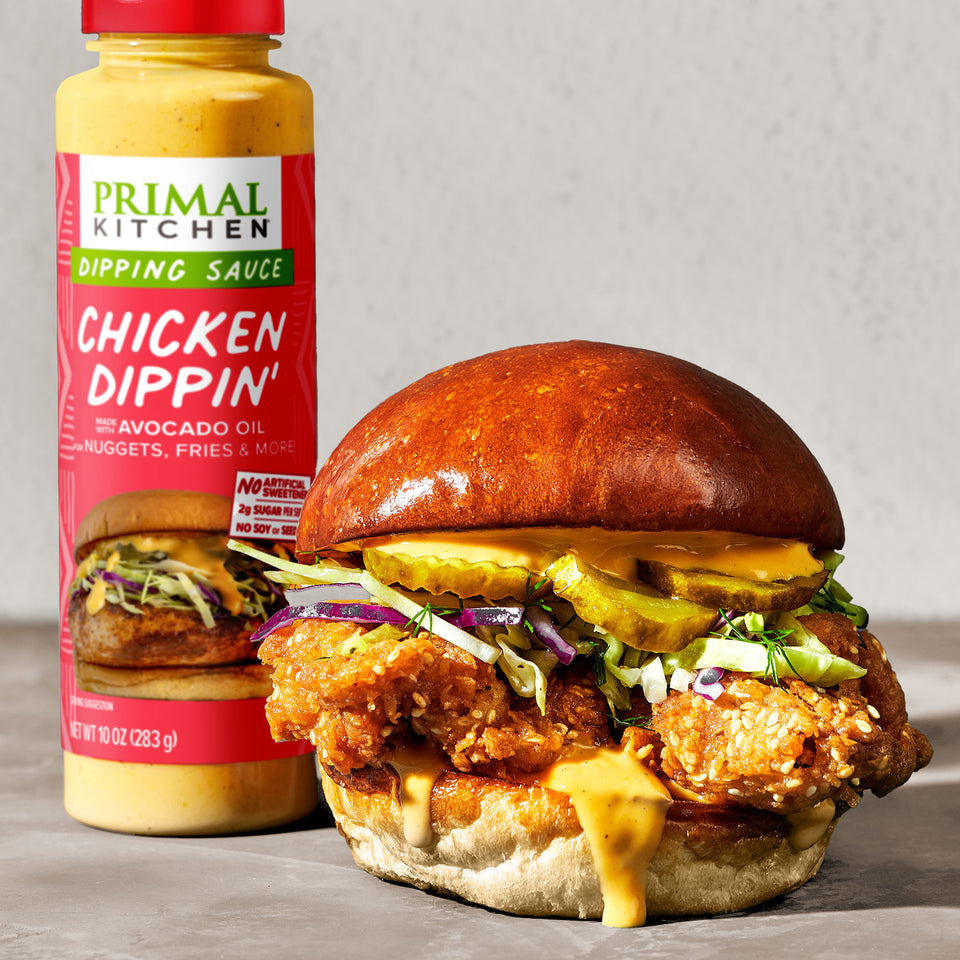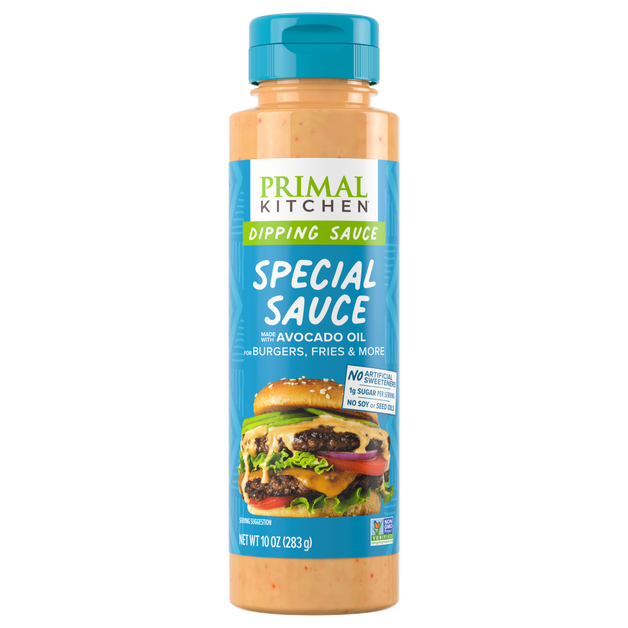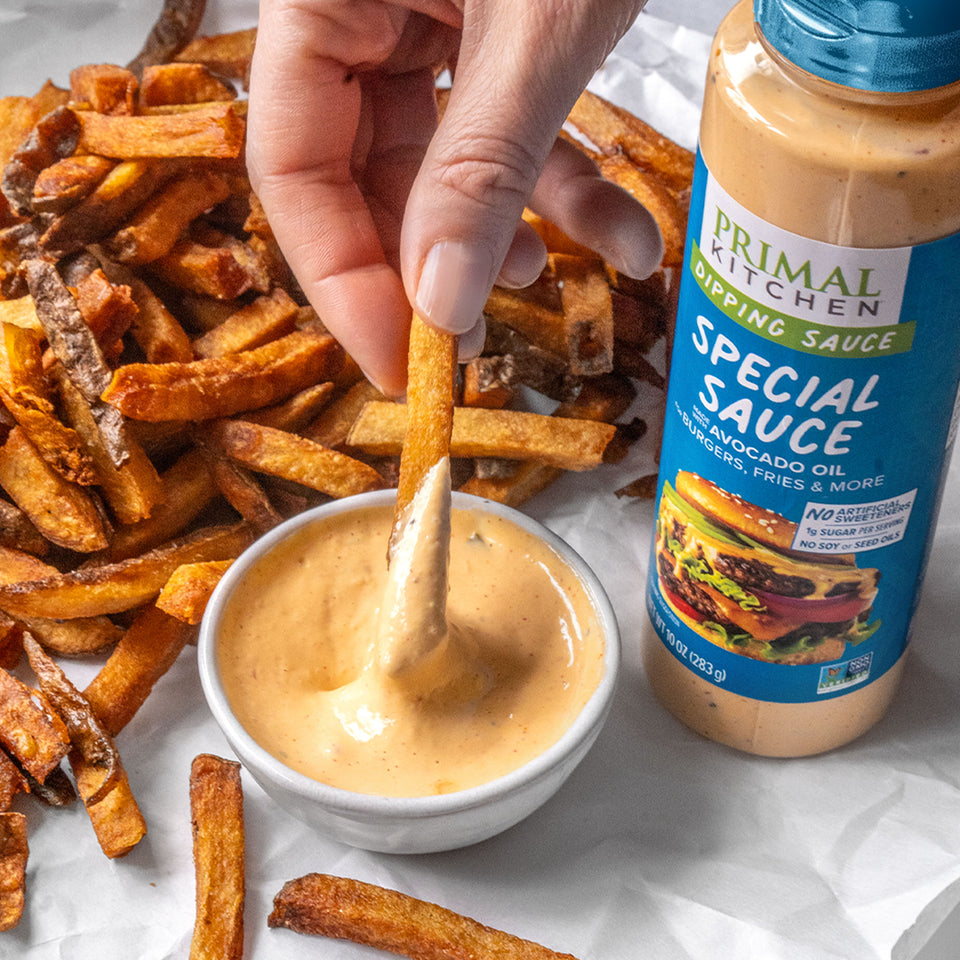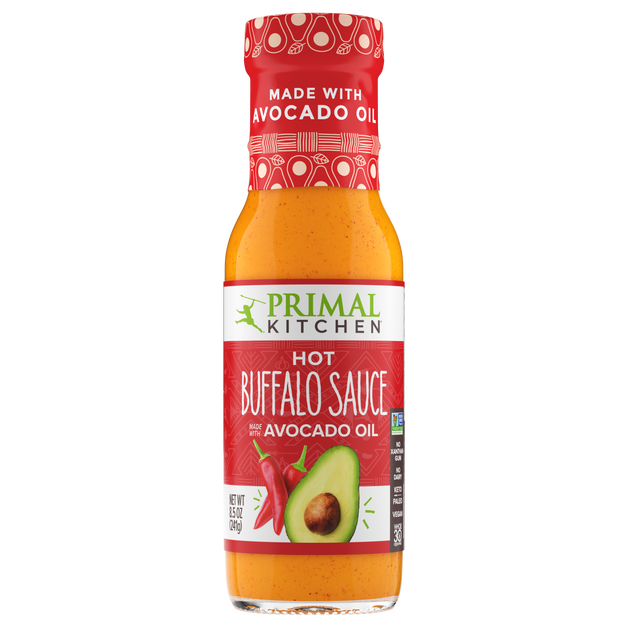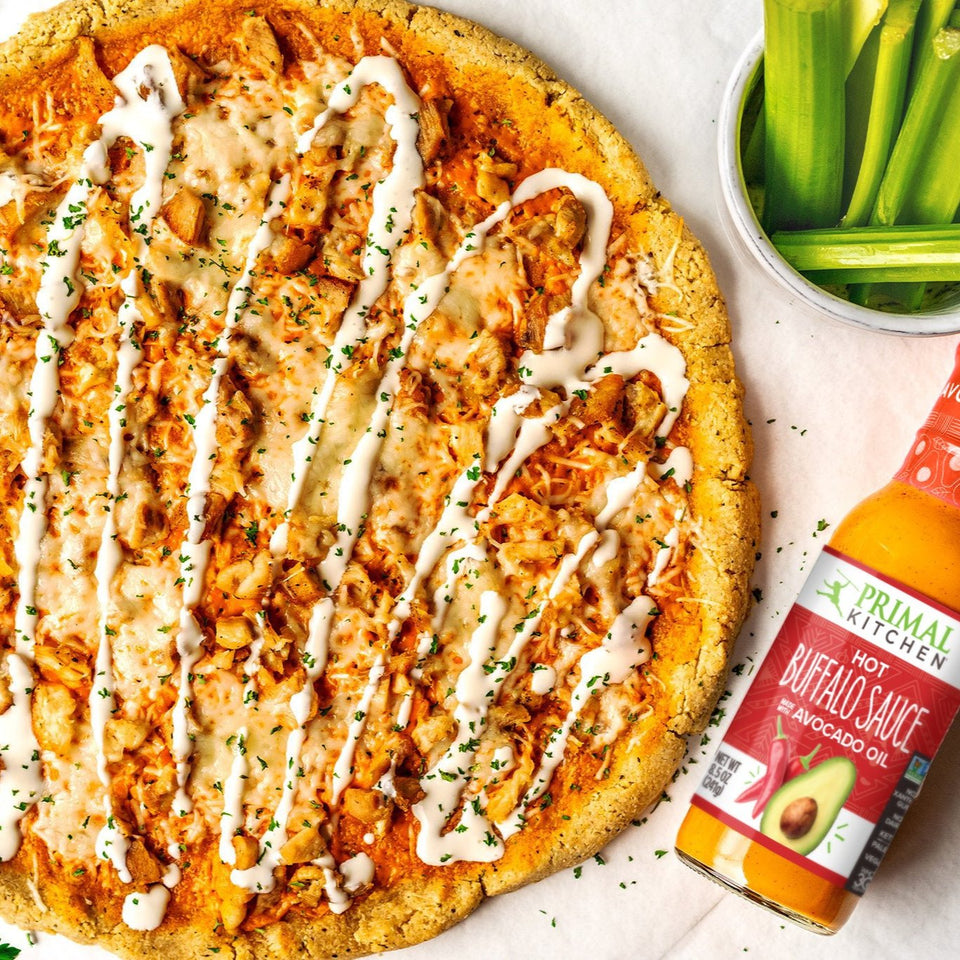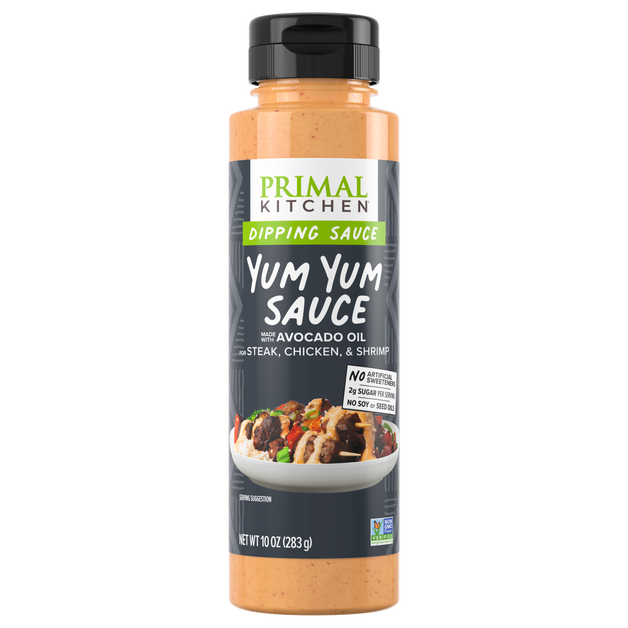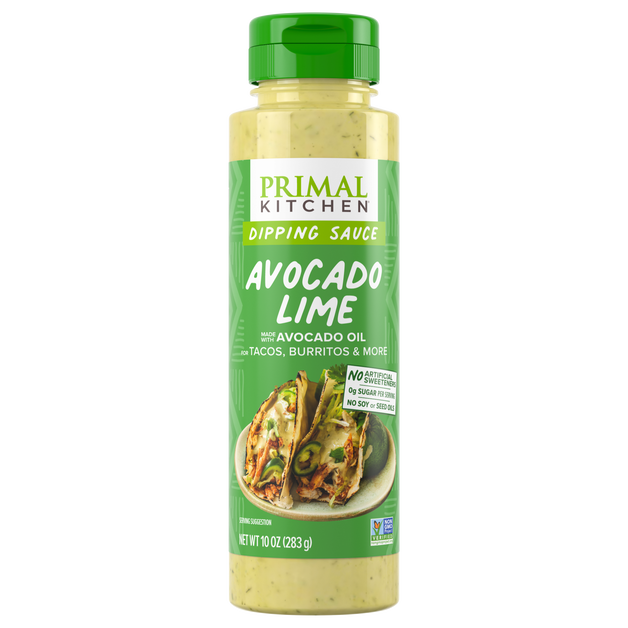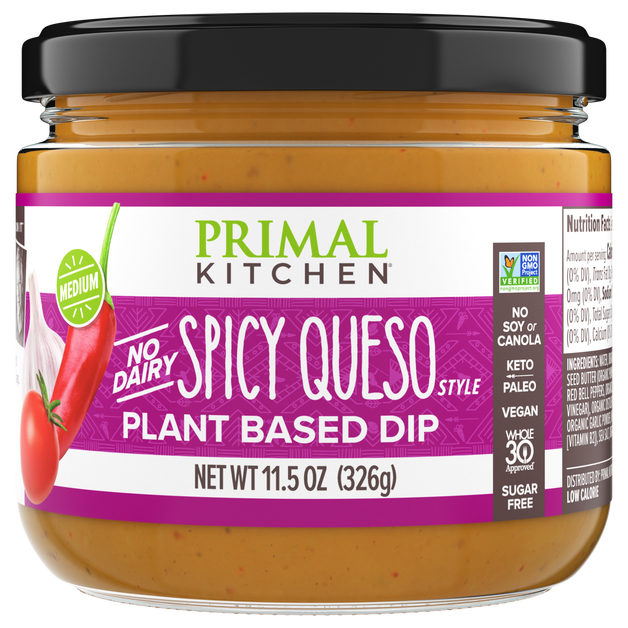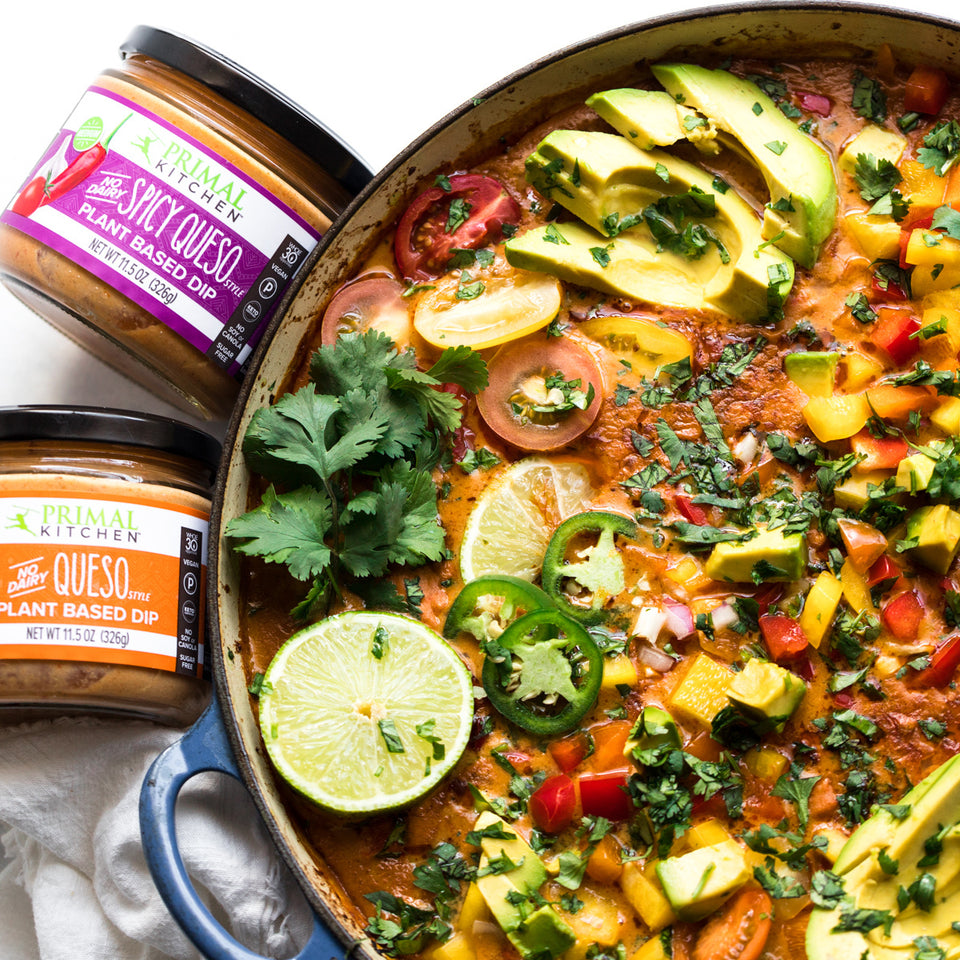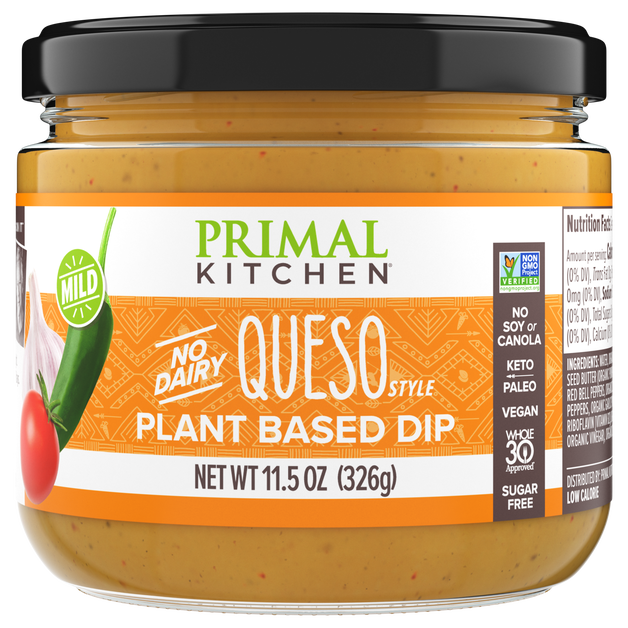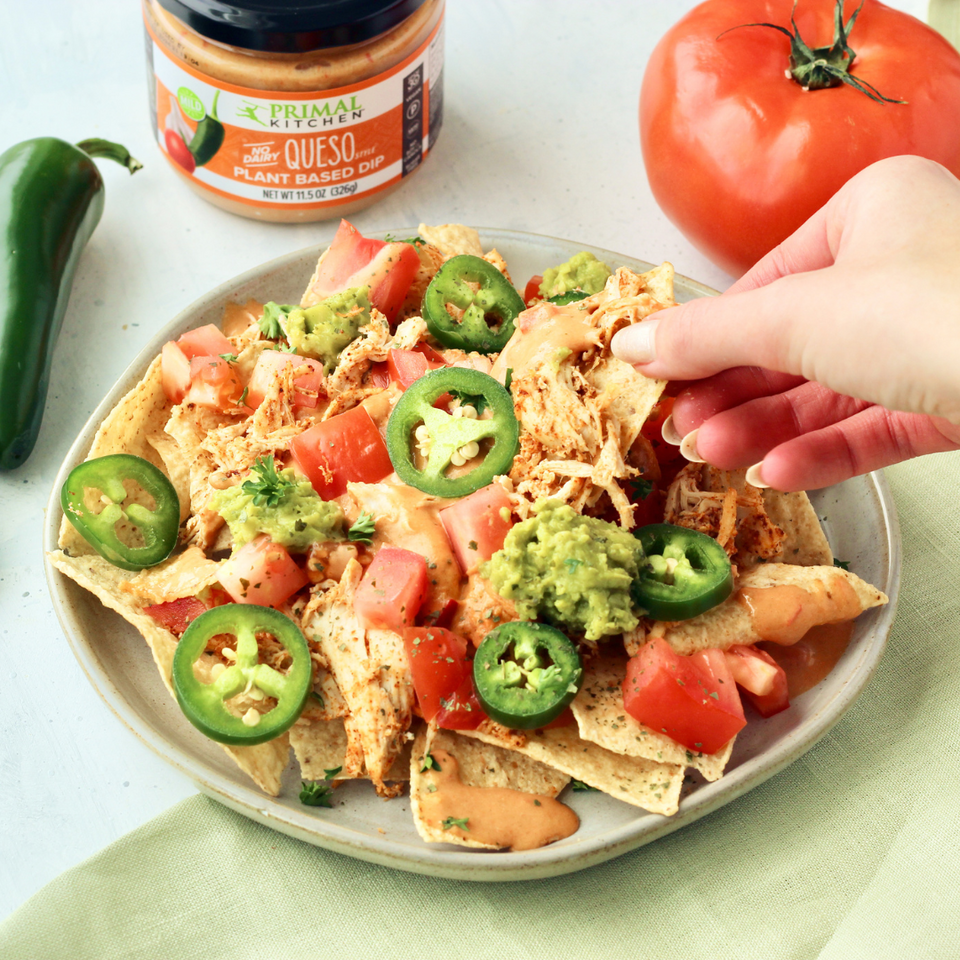If you’ve ever looked at your $150 grocery receipt and wondered how you came home with two tiny bags of food, this blog is for you. The good news is that eating real food doesn’t have to strain your wallet. With some planning, creativity, and a little bit of savvy grocery shopping, you can feed your family nutritious and delicious meals without overspending.
Whether you're buying for a big family, trying to feed growing teenage boys (trust us, we know their stomachs are like black holes!), or just looking to make your grocery dollars stretch further, this guide will walk you through everything you need to know about eating well on a budget.
We’ll cover how to figure out your grocery budget, meal planning basics, and practical tips for saving money at the supermarket or online. Let's dive in!

How to Determine Your Food Budget
Many of us have made the mistake of treating our food budget like a casual goal. “I’ll spend $100 each week, no more,” you say. Then you either come home with a tiny bag full of expensive steaks and regret OR you buy everything you want and spend way more than you planned.
To make a food budget that actually works, you’ll need to think strategically and plan in advance. Here are three simple steps to take:
Step 1: Calculate How Much You Can Spend
The first step in eating well on a budget is to figure out how much you can afford to spend on food each month. Sounds obvious, right? But here’s the trick: you can’t just guesstimate. You’ll need to examine your family size, income, and overall financial situation and be exact (and realistic!) when calculating your budget.
When setting a food budget, start by looking at how many people you're feeding. A big family will naturally require a larger budget, while a smaller household may need less.
Income also plays a significant role in determining your food budget. As a general guideline, many experts recommend spending no more than 10–15% of your take-home pay on food. Choose a weekly or monthly dollar amount that you’re comfortable with and that won’t strain your finances, whether that’s 5% or 20% of your household income.
Sticking to a budget is possible even if you’re following a plan like keto, paleo, or Whole30®. Take a look at this video from Primal Kitchen team member Brian and see how he was able to maintain his keto lifestyle with careful spending in mind.
Step 2: Separate Your Food Budgets
Dining out at restaurants can be fun, delicious, and a great way to unwind! It’s also one of the easiest ways to blow your food budget. To avoid this pitfall, create separate budgets for restaurants and grocery shopping as part of your total food budget. (And before you ask—YES, dining out includes takeout and delivery.)
Decide how much you will spend on restaurants each month and stick to it. If you're serious about saving money, limit dining out and food delivery to special occasions like date nights. We know it’s tough, but your wallet will thank you!
Step 3: Plan Your Meals
By planning your meals in advance, you can avoid impulse purchases, reduce food waste, and ensure plenty of nutritional variety in your week. Before you head to the grocery store, take time to plan your meals for the week using a notebook or digital tool.
Think about what your family likes to eat and what ingredients you already have on hand. Then, create a menu that includes daily breakfast, lunch, dinner, and snacks. Be sure to include a mix of different proteins, vegetables, and grains to keep things interesting.
Once you’ve created your menu, make a grocery list based on the ingredients you’ll need. This will help you stay focused while shopping and prevent you from buying things you don’t need. Stick to your list as closely as possible to avoid overspending.

Tips for Shopping on a Budget
Once you have a budget in place, you’ll need to stick to it. That can be easier said than done once you’re at the store or loading up your online cart. To keep you on track, we’ve compiled a list of our five favorite budget-shopping tips.
1. Change Up Your Proteins
Protein is often the most expensive part of a meal, but it doesn’t have to be. Plenty of affordable protein options are just as nutritious as more expensive cuts of meat. Here are some budget-friendly proteins to consider:
- Eggs: Versatile and inexpensive, eggs can be used in dishes from breakfast burritos to pasta carbonara.
- Yogurt: Greek yogurt is a source of protein perfect for sweet or savory dishes. Try it mixed with Primal Kitchen Vanilla Collagen in smoothies, as a topping for fruit, or as a base for dips and sauces.
- Lentils and Chickpeas: These plant-based proteins are not only cheap but also contain fiber and nutrients. Whip up soups, stews, and salads, or use them as a meat substitute in sandwiches like this delicious Buffalo Chickpea Sandwich.
- Canned Fish: Tuna, salmon, and sardines are affordable sources of protein and fats that also align with keto and Primal eating. Use them in salads, sandwiches, or pasta dishes.
- Chicken: Chicken is one of the most budget-friendly meats, especially when you buy it in bulk or purchase a whole chicken. Meal prep this chicken bake and turn leftovers into a Caesar salad.
2. Minimize Food Waste
By taking a few simple steps to reduce your food waste, you can make an impact on your budget—and the planet.
Keep a running list of ingredients you have on hand, and incorporate those items when building your grocery list. To prevent food from spoiling, use the items that have been in your fridge or freezer the longest first. This way, you can avoid having to throw out food that’s past its prime (no shame, we've all done it).
When you buy a whole chicken or bone-in roast, repurpose it in multiple dishes throughout the week. Then, make bone broth with the carcass for an extra meal or soup starter. Overripe fruit is delicious in baked goods or smoothies, while leftover vegetables are perfect for casseroles, stews, or soups. By thinking outside the box, you can turn leftovers into new meals and reduce food waste at the same time.
3. Make Leftovers Easier
Invest in good-quality, sustainable containers to store your leftovers. Glass containers with airtight lids are a great option, as they keep food fresh and can be used in the microwave or oven. Having the right containers will make it easier to store and reheat leftovers, ensuring that nothing goes to waste.
4. Buy Seasonally and Consider Conventional
Seasonal produce is not only fresher and more flavorful but also usually cheaper. When fruits and vegetables are in season, they are often abundant, which drives down prices. Plan your meals around what’s in season to get the best deals and the most nutritious produce.
While organic produce is great, it can also be expensive. If you’re on a tight budget, don’t be afraid to buy conventional fruits and vegetables, which typically have the same nutritional value. Similarly, frozen produce is just as nutritious as fresh and often cheaper. Stock up on frozen veggies and fruits for an easy and affordable way to add more produce to your meals.
5. Become a Savvy Shopper
There are plenty of ways to save money while grocery shopping, from couponing to buying in bulk. Here are some strategies to help you get the most bang for your buck:
- Shop Weekly Sales: Before you start meal planning, look at the weekly sale flyers from your local grocery stores. If certain items are on sale, plan your meals around those ingredients.
- Use Coupons: Take advantage of coupons to save money on the items you buy regularly. Check online coupon sites and store apps for the latest deals.
- Sign Up for Store Loyalty Programs: Many grocery stores and online sites offer loyalty programs that give you access to exclusive discounts and rewards—for example, our Primal Perks Program. Sign up for these programs to save even more.
- Buy in Bulk: Purchasing items in bulk can save you money in the long run, especially for non-perishable items like grains, beans, and canned goods. You can also save money (and time) by buying larger versions of your favorite Primal Kitchen products, like our Ranch, Caesar, or 16.5 oz. Buffalo Sauce.
- Shop Around: Don’t be afraid to shop at different stores for the best deals. For example, you might find cheaper canned goods and toiletries at a big-box retailer like Walmart or Target. You can also find great deals on products like Primal Kitchen sauces & condiments by purchasing online directly from the brand.
Eating well on a budget is entirely possible with a little effort and planning. By setting a realistic food budget, creating a meal plan, and using our tips for saving money at the grocery store, you can make your healthy lifestyle more affordable for the whole family. Remember, it’s not about sacrificing quality or flavor—it’s about being smart with your resources and making the most of what you have.



